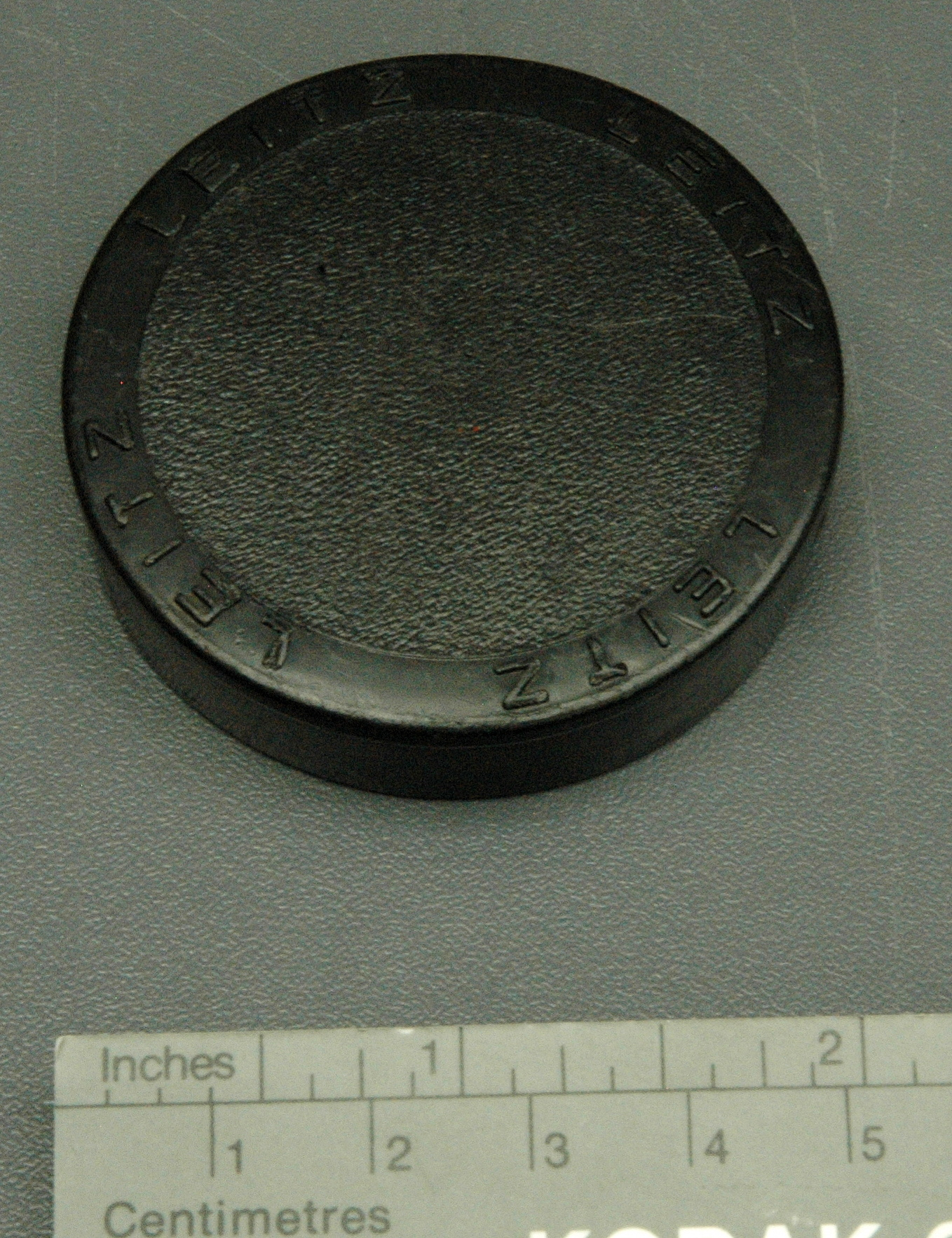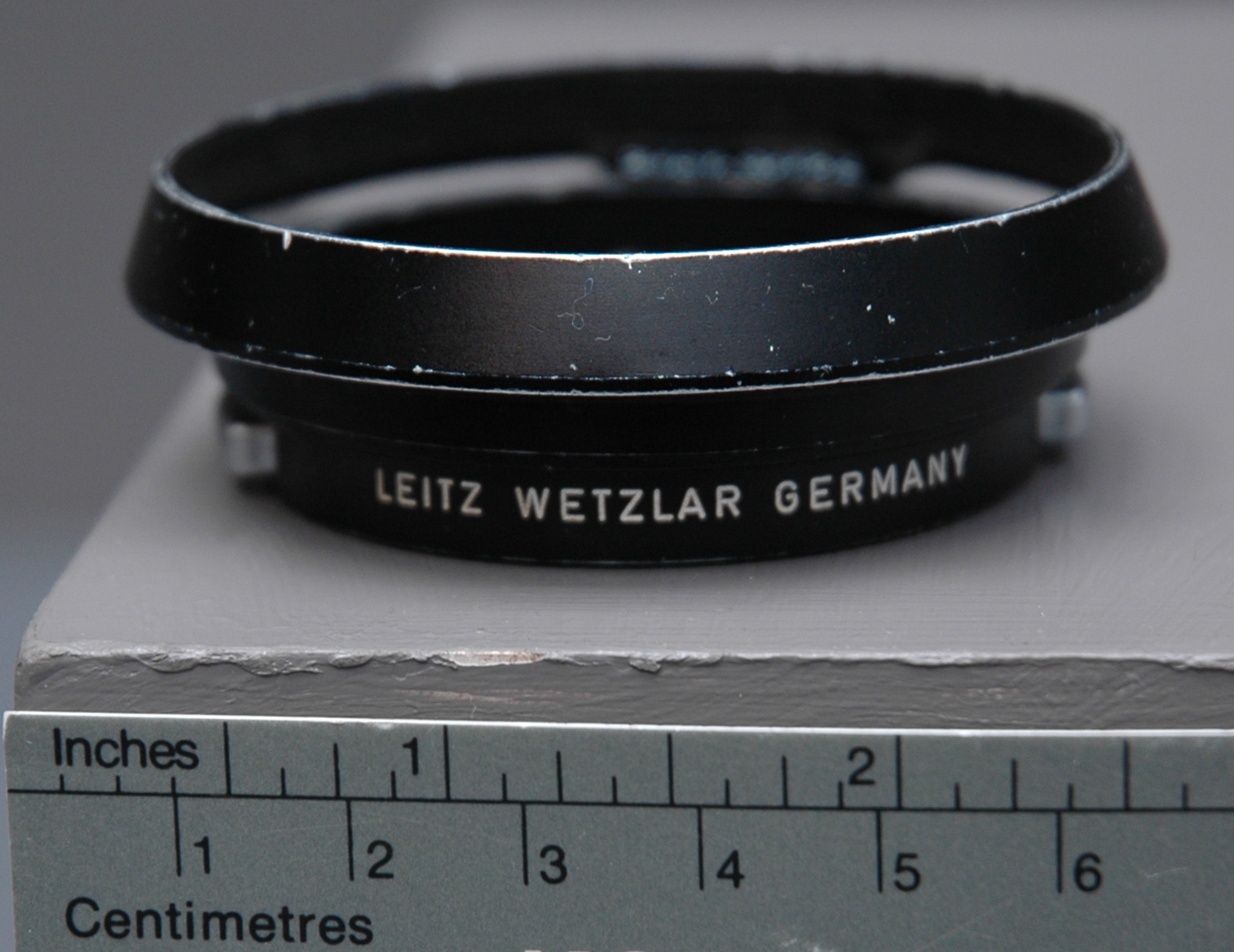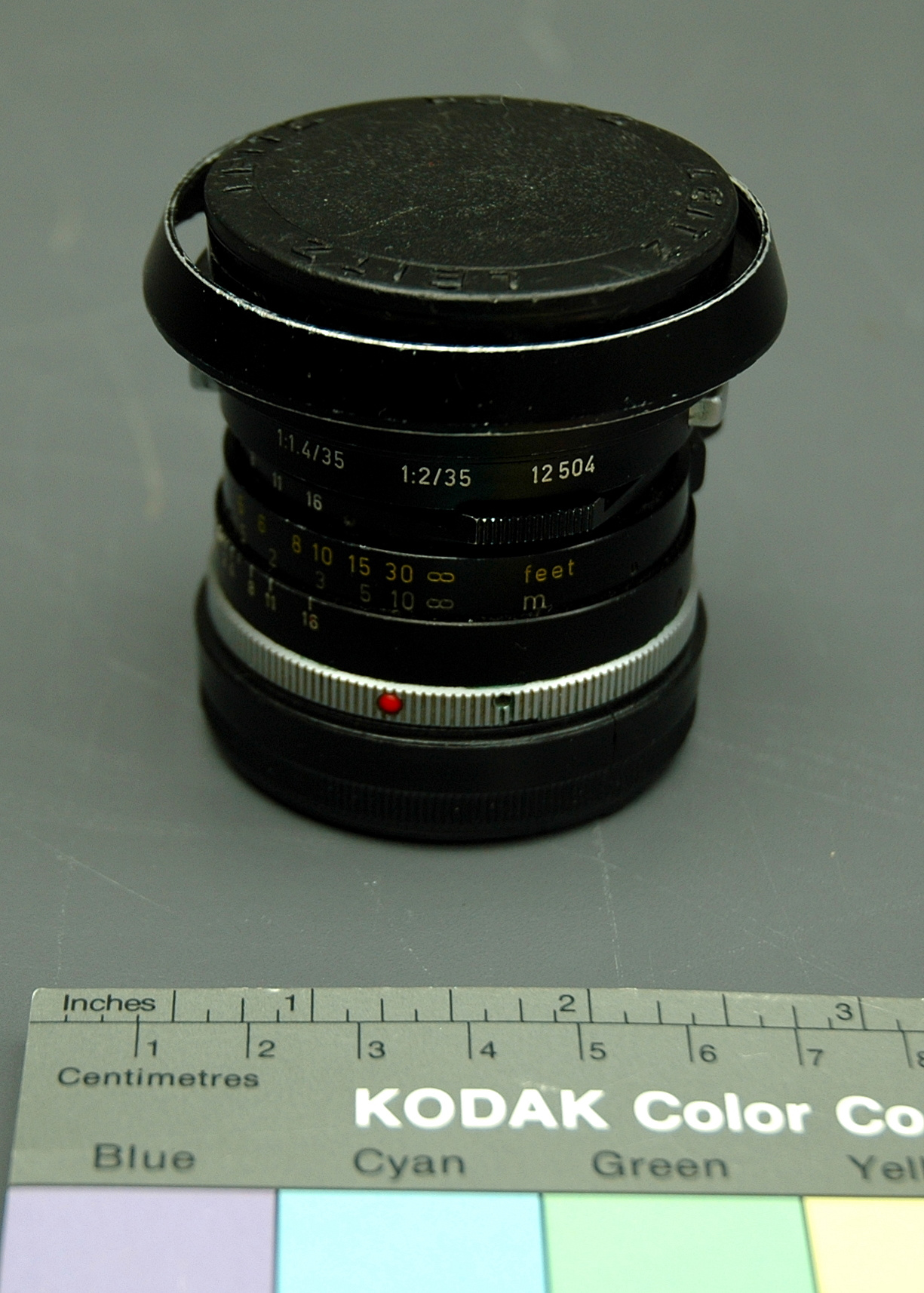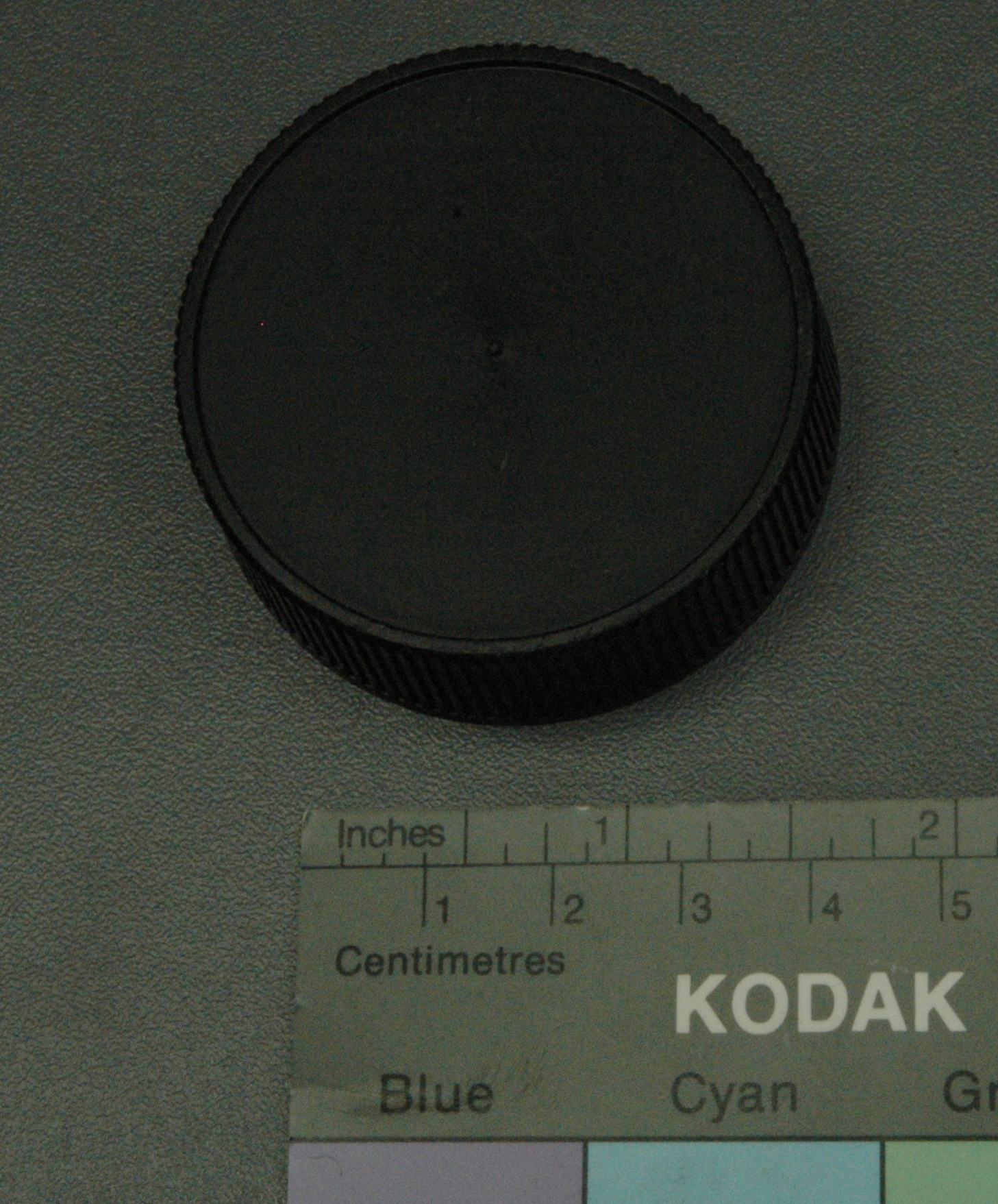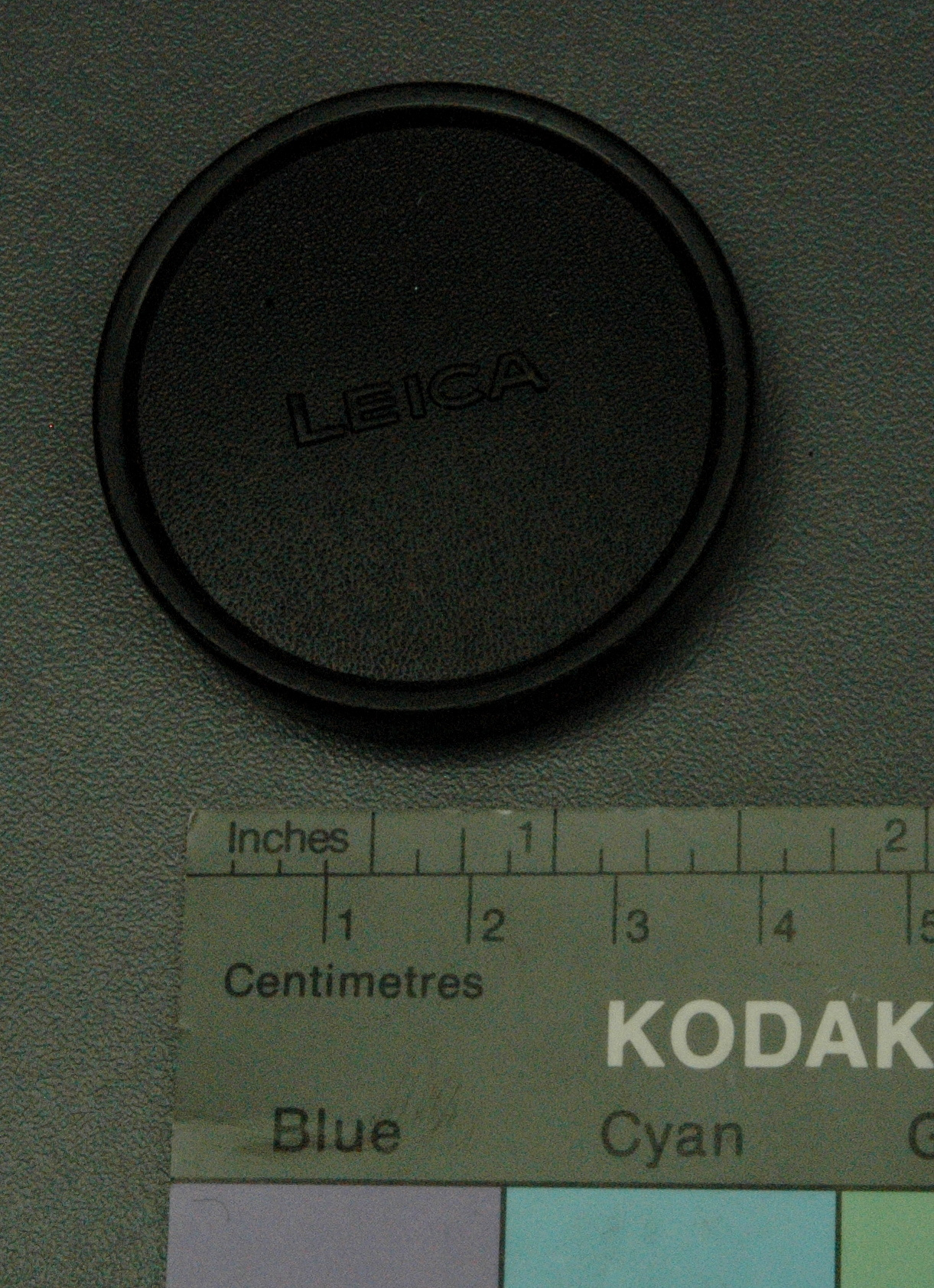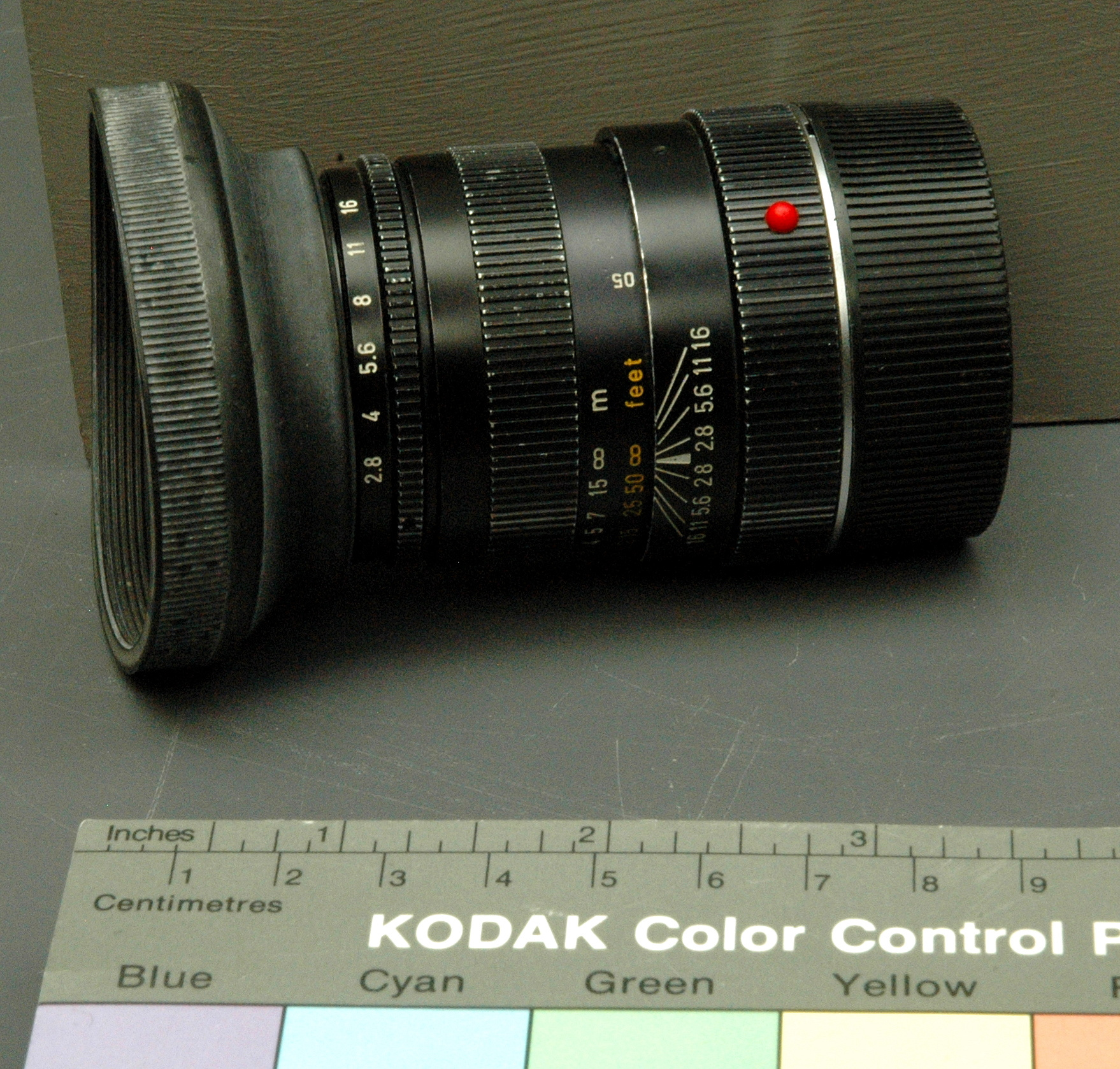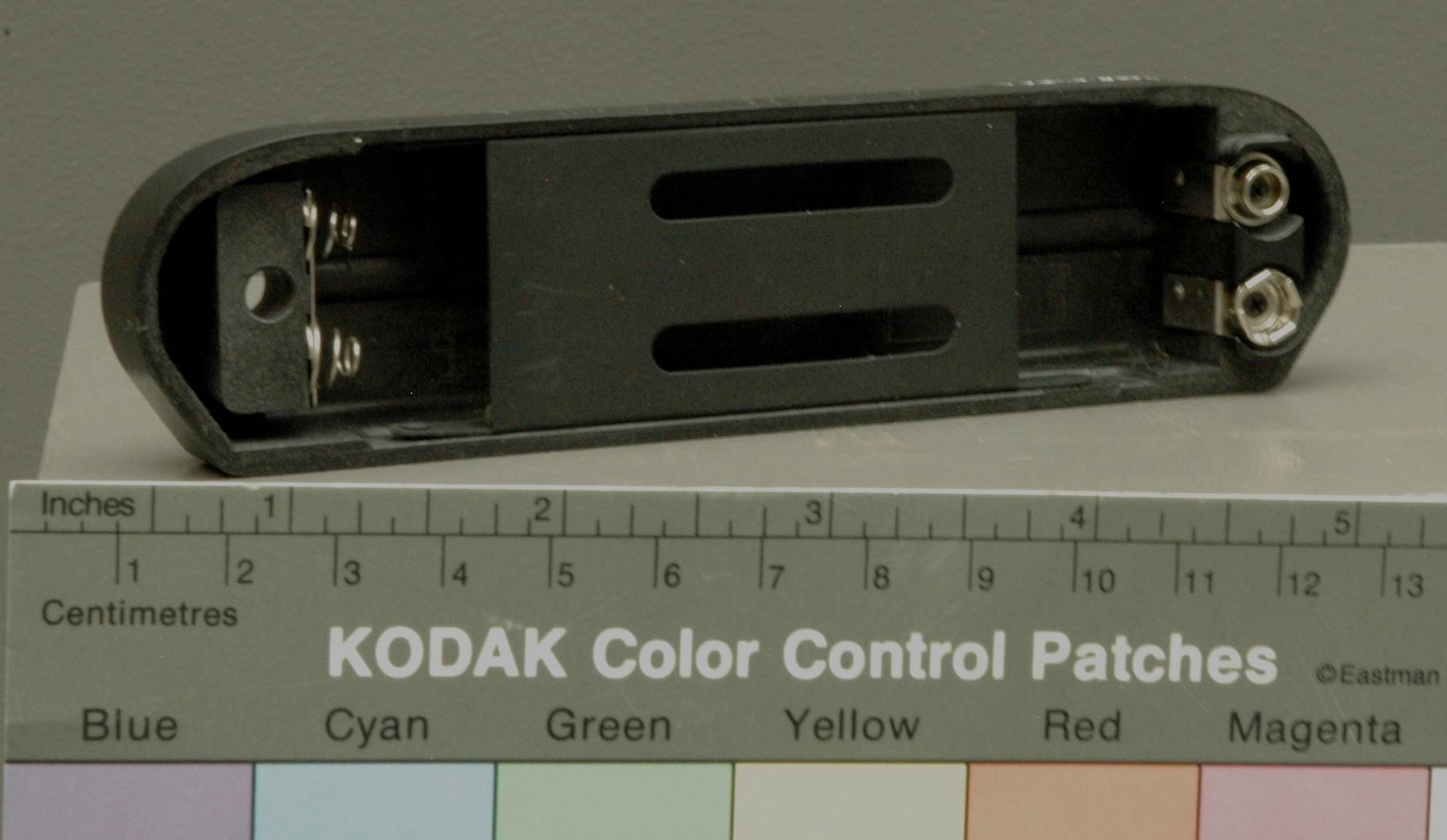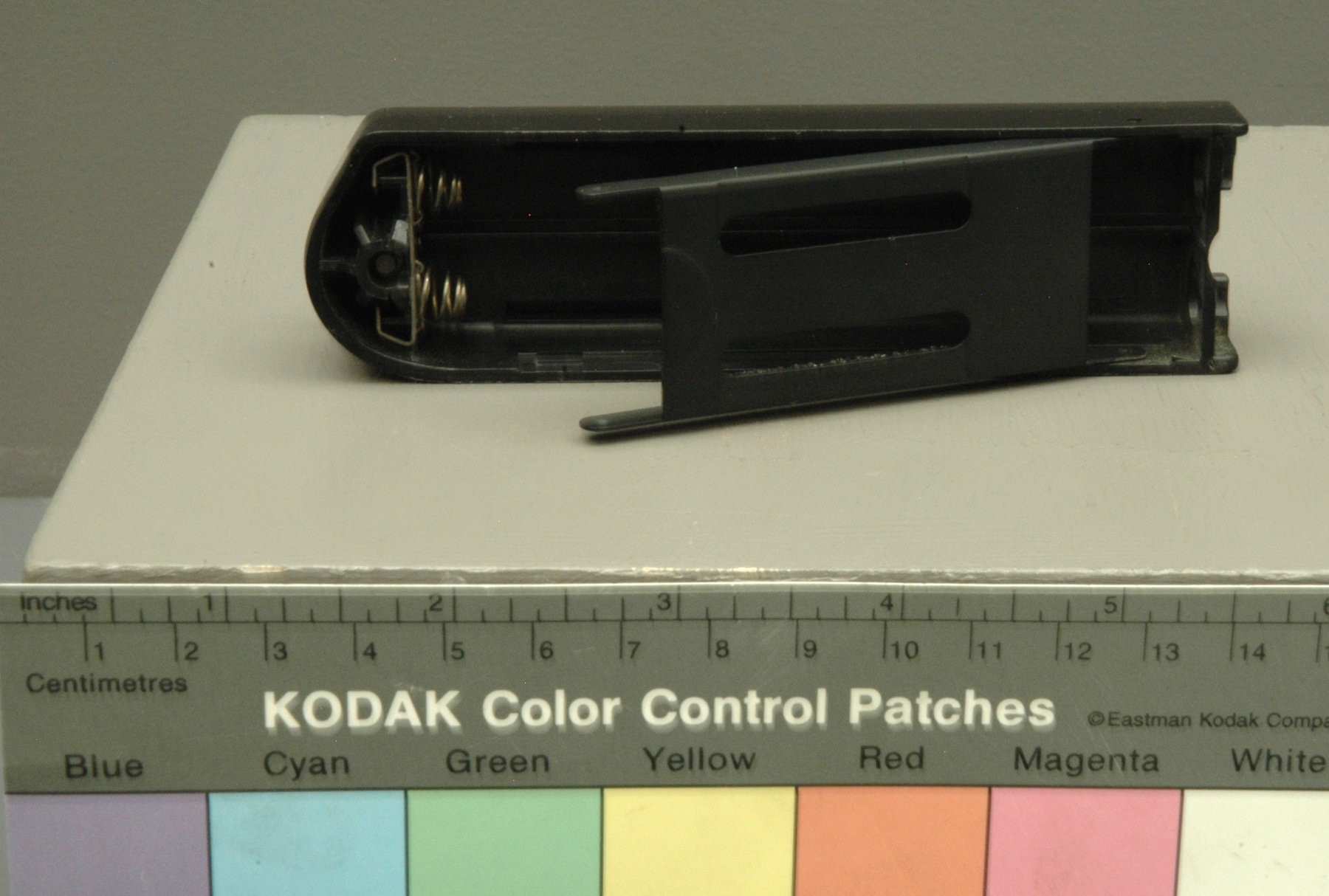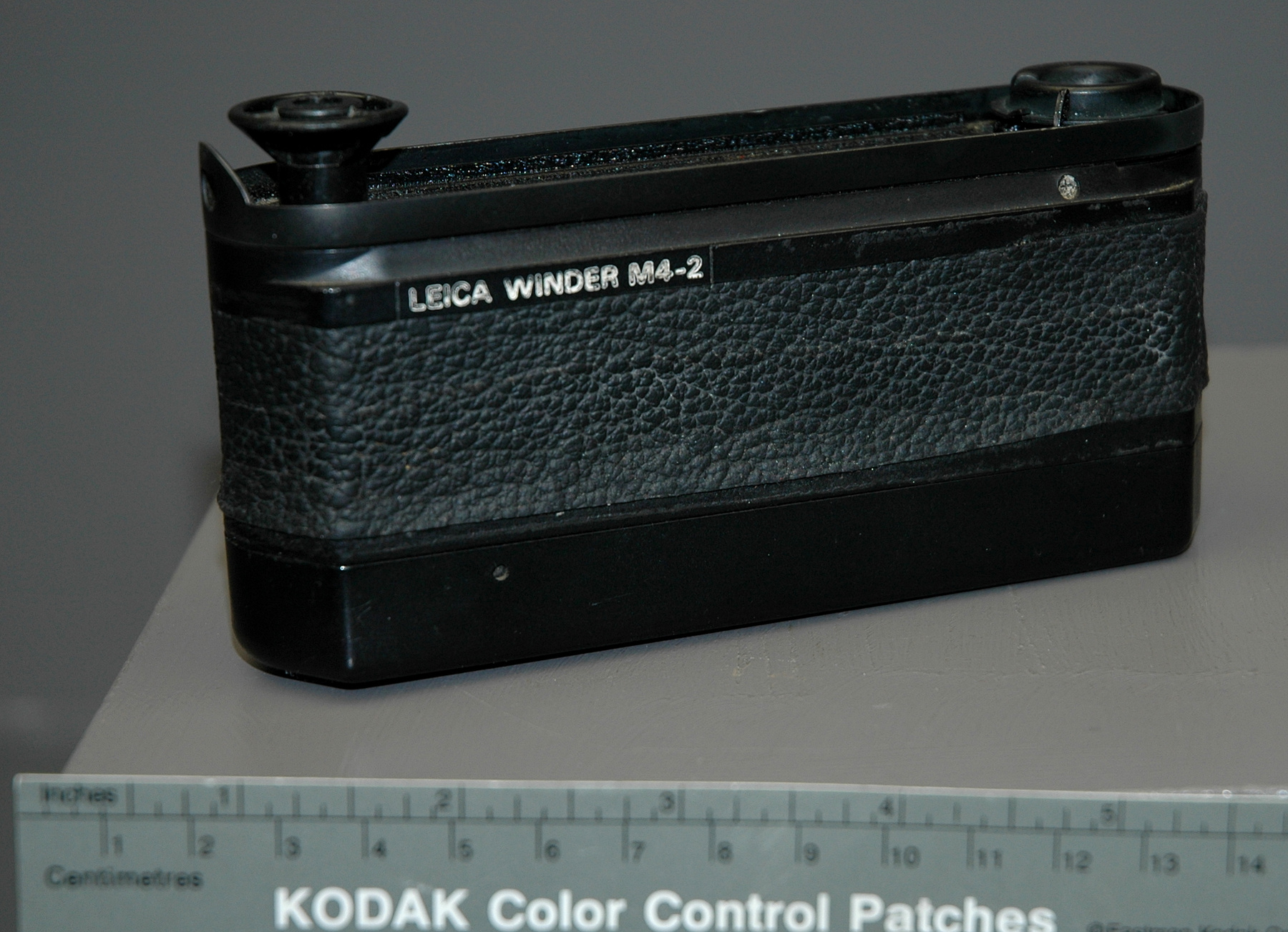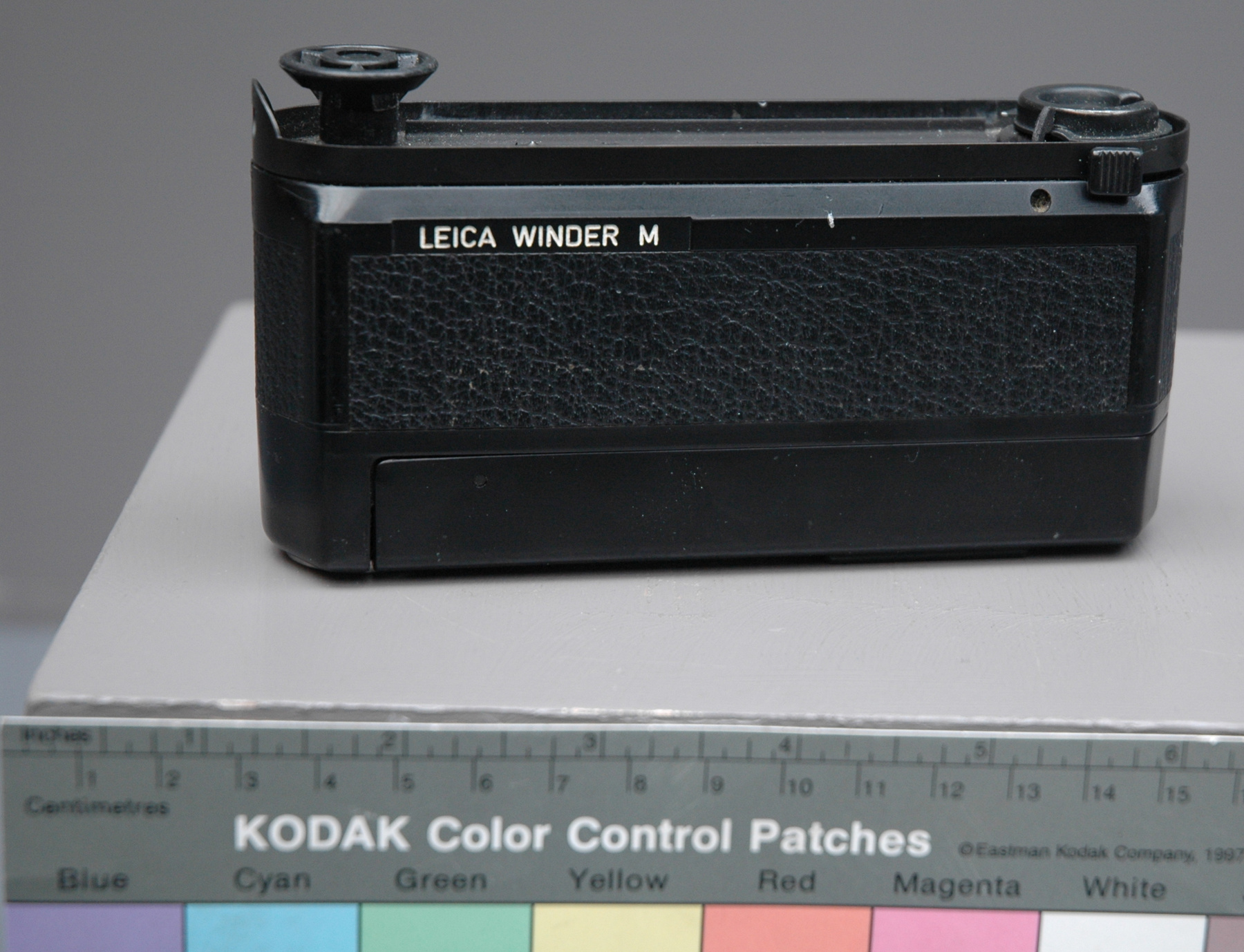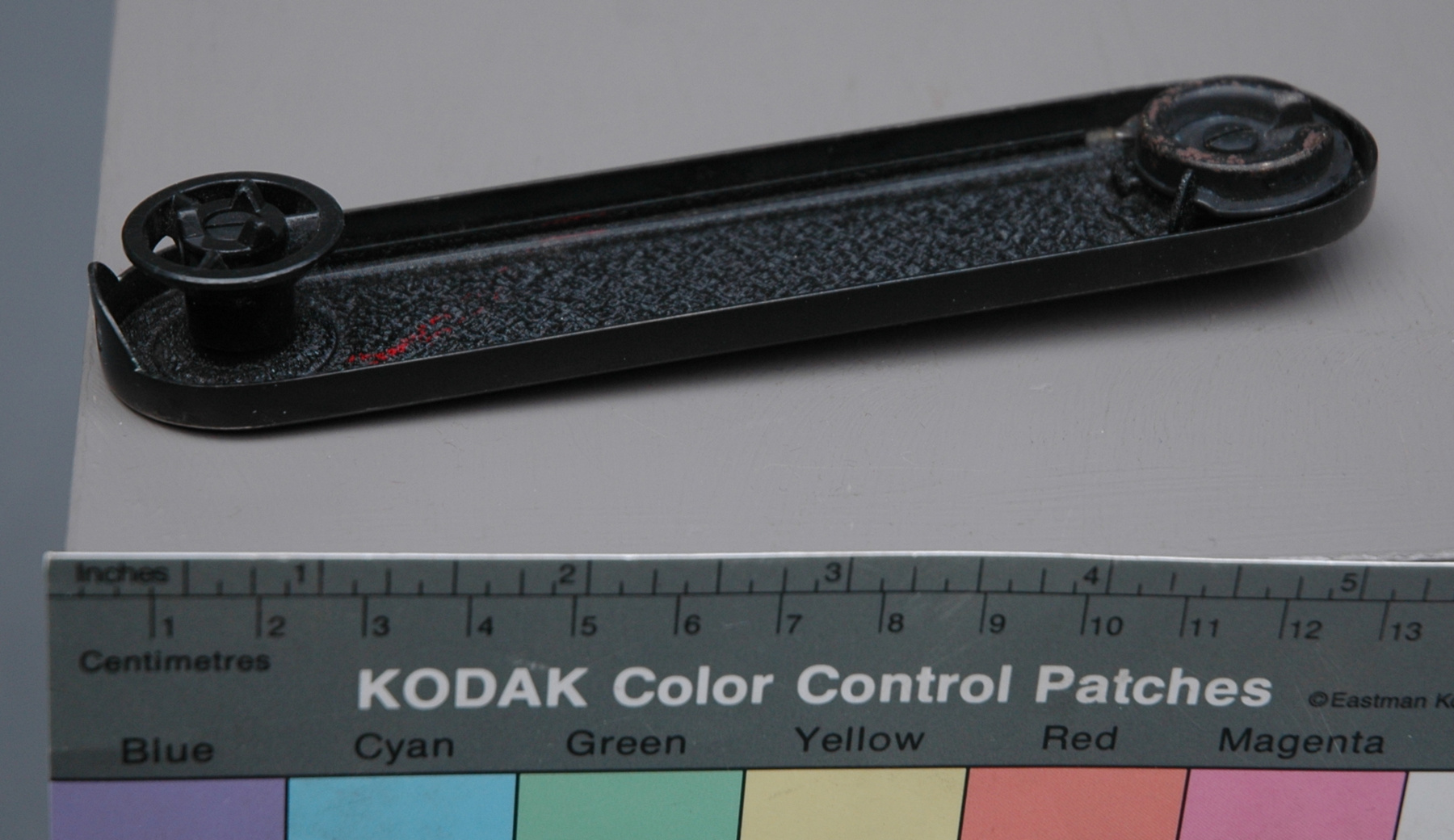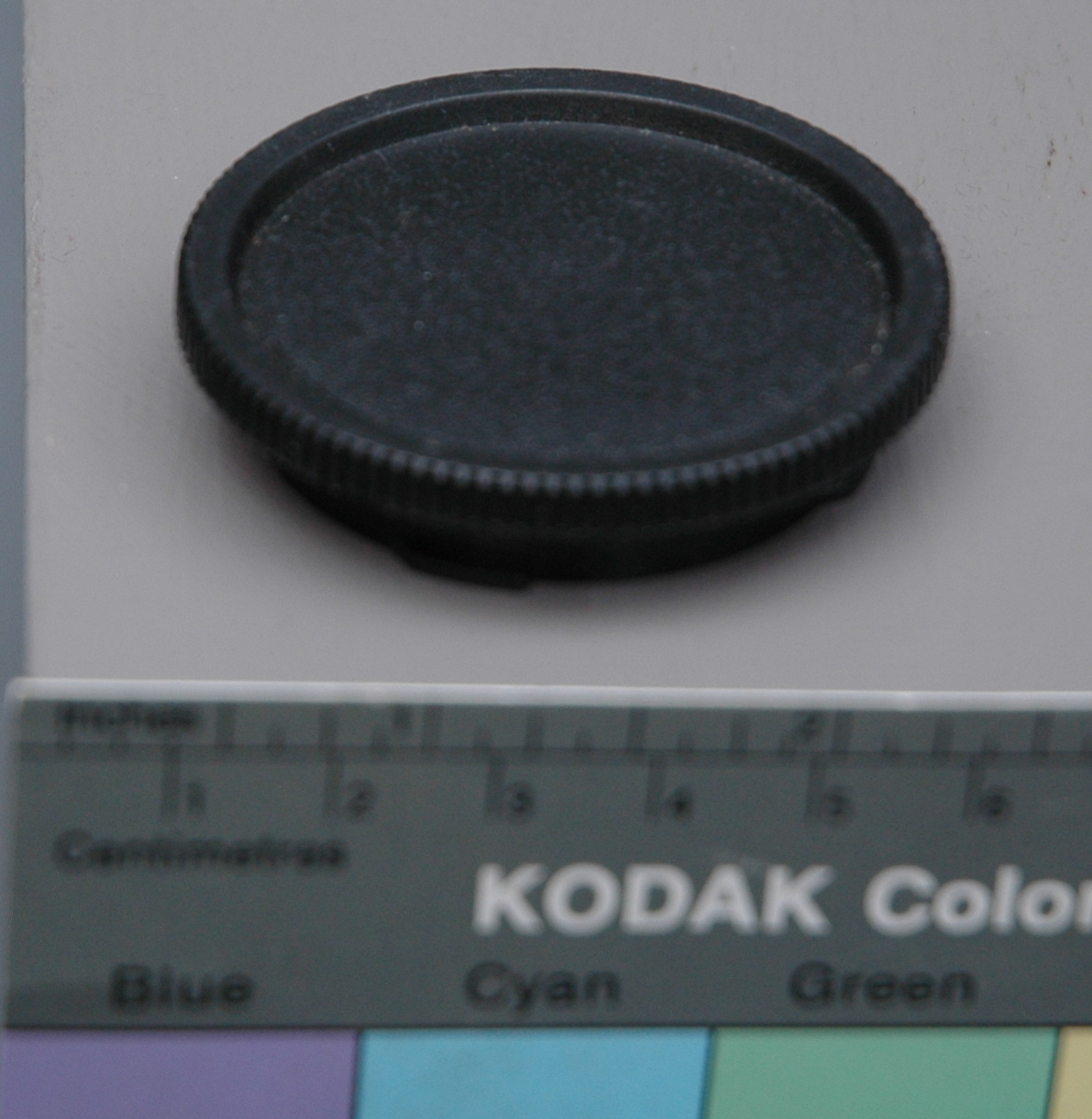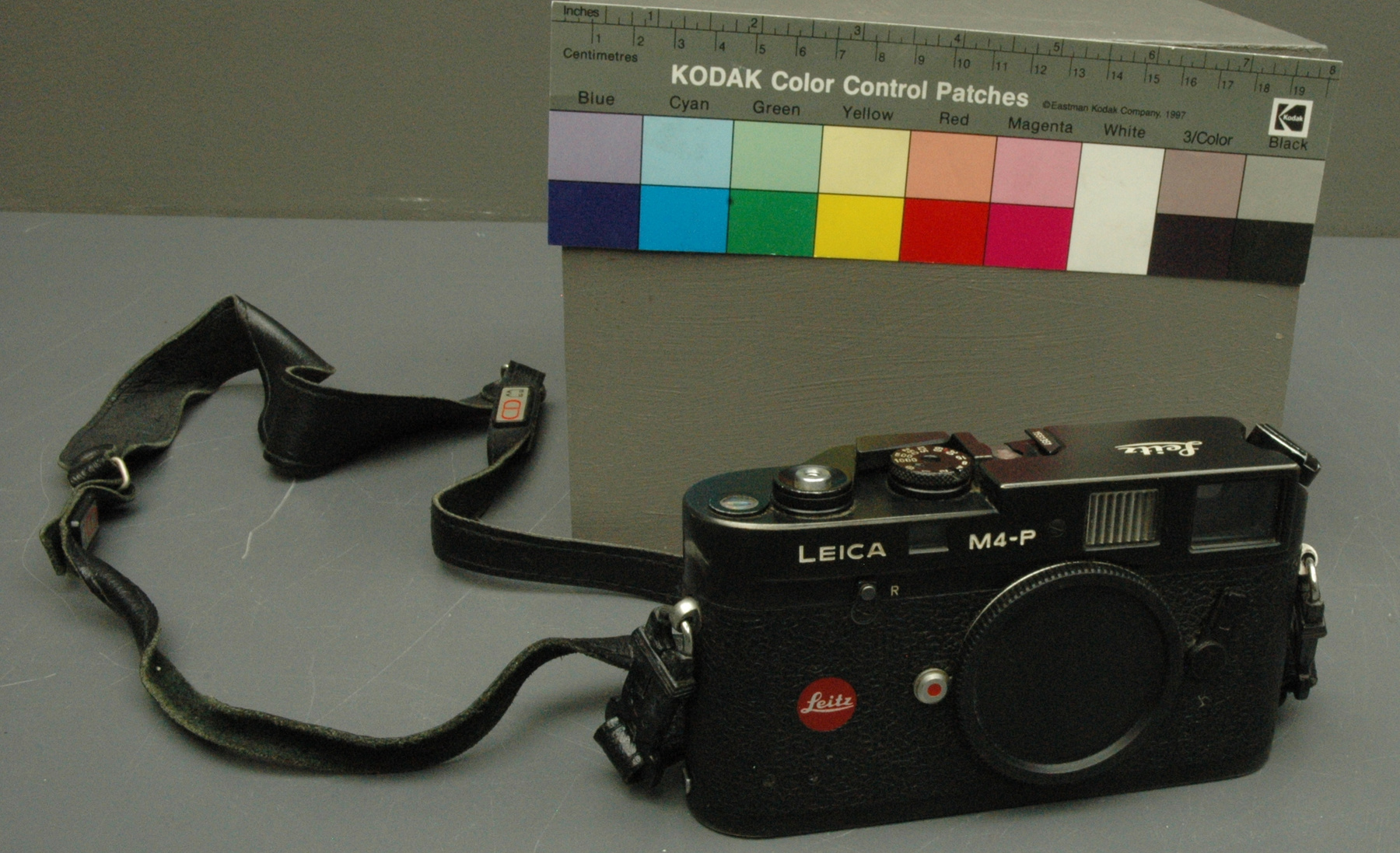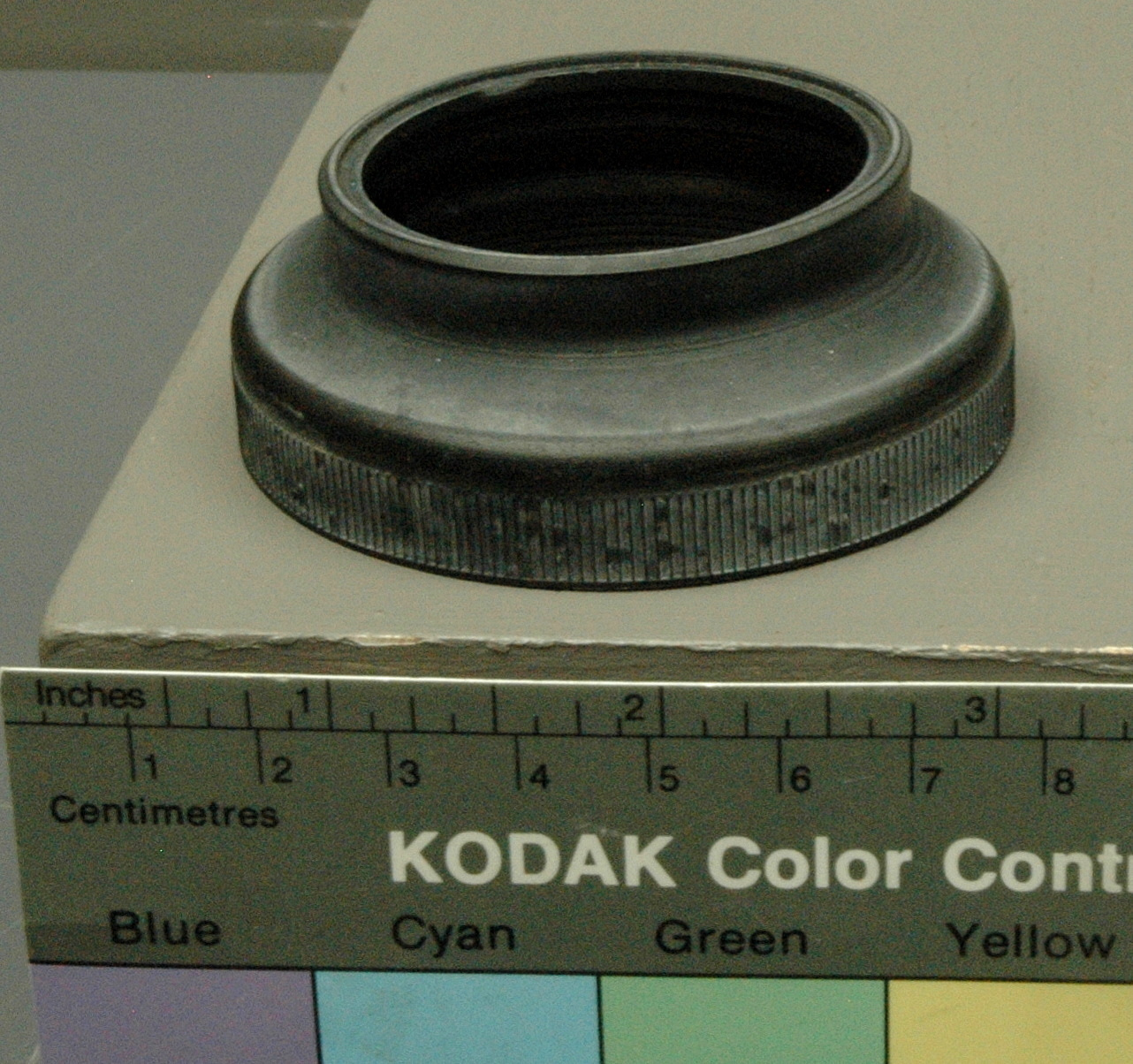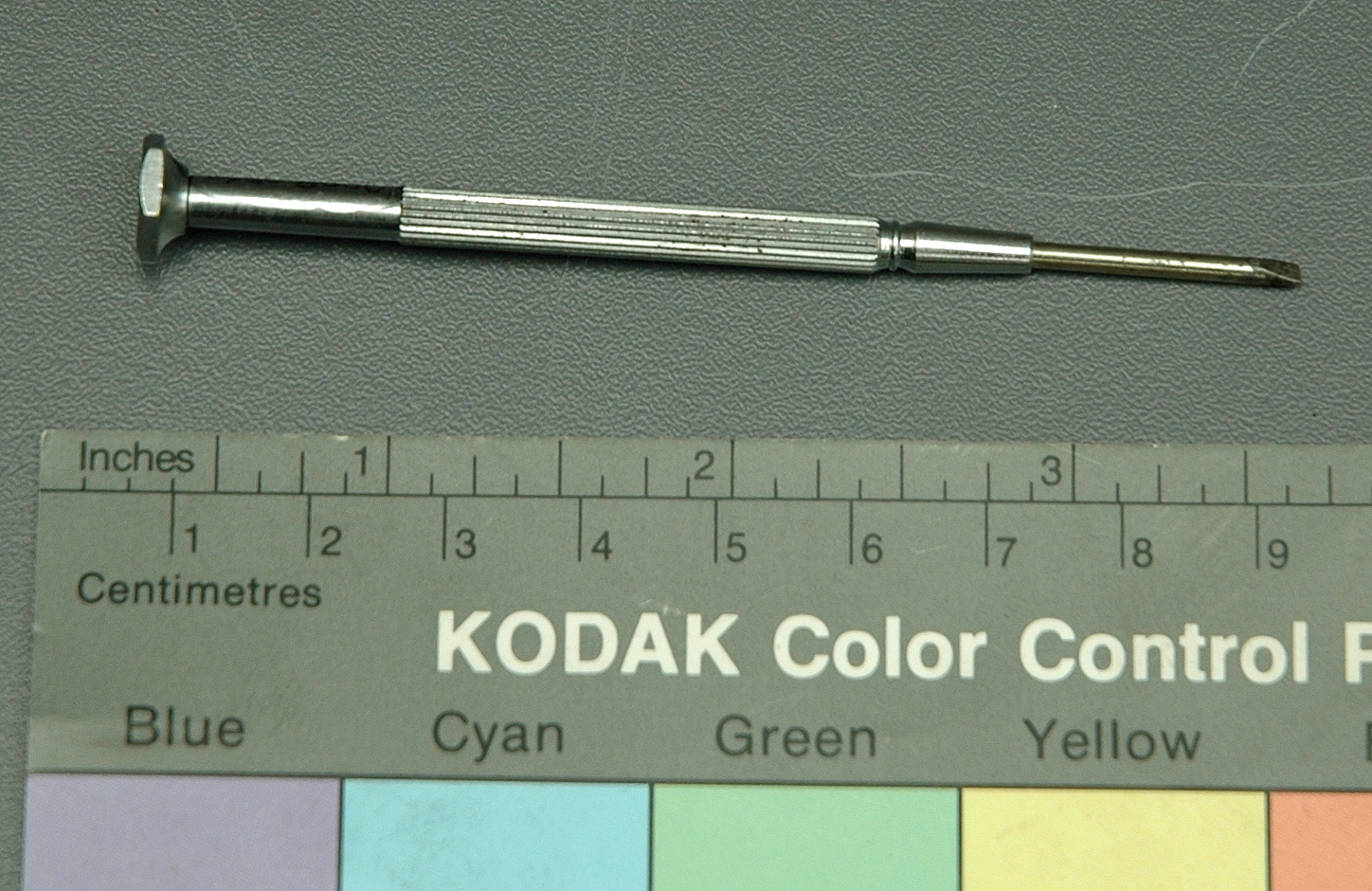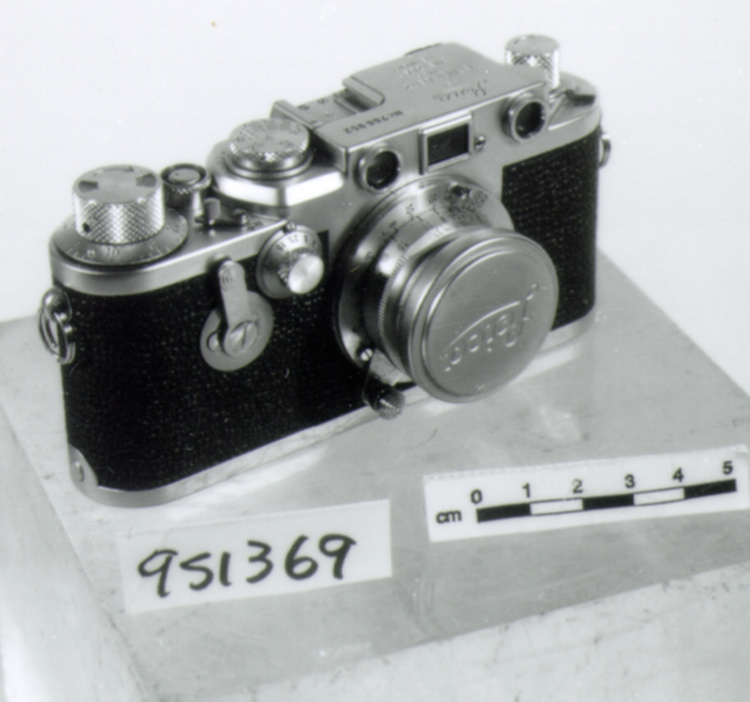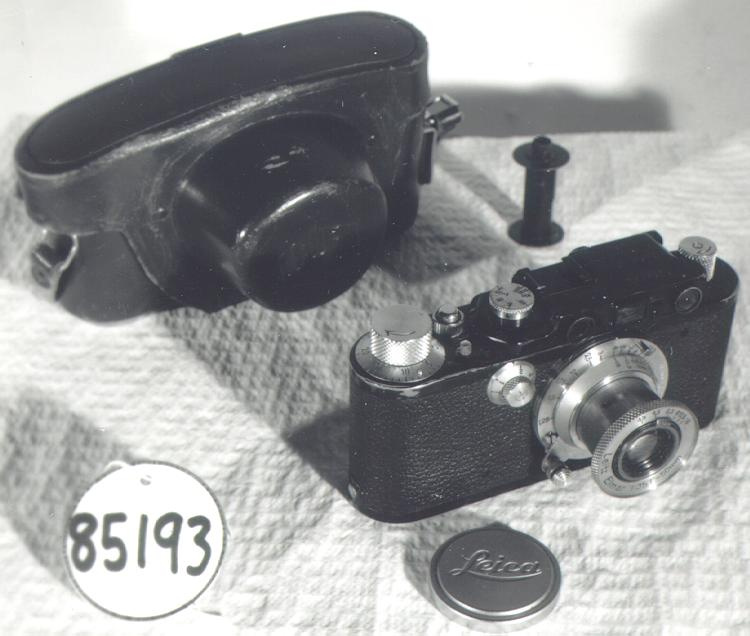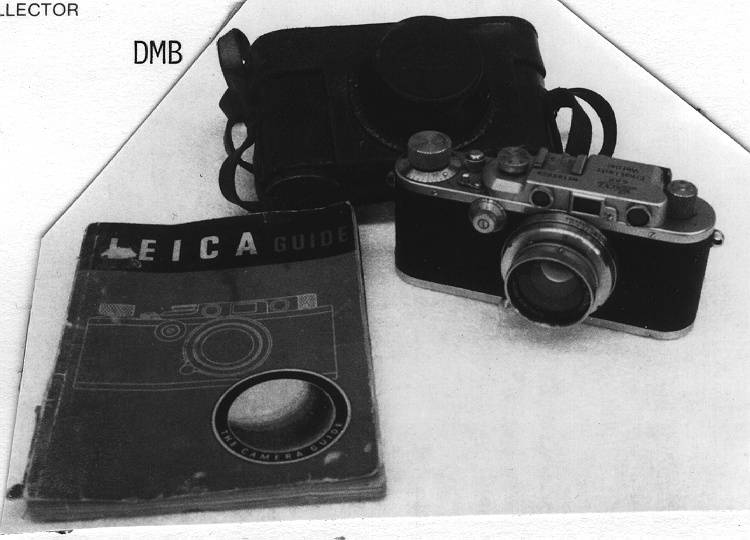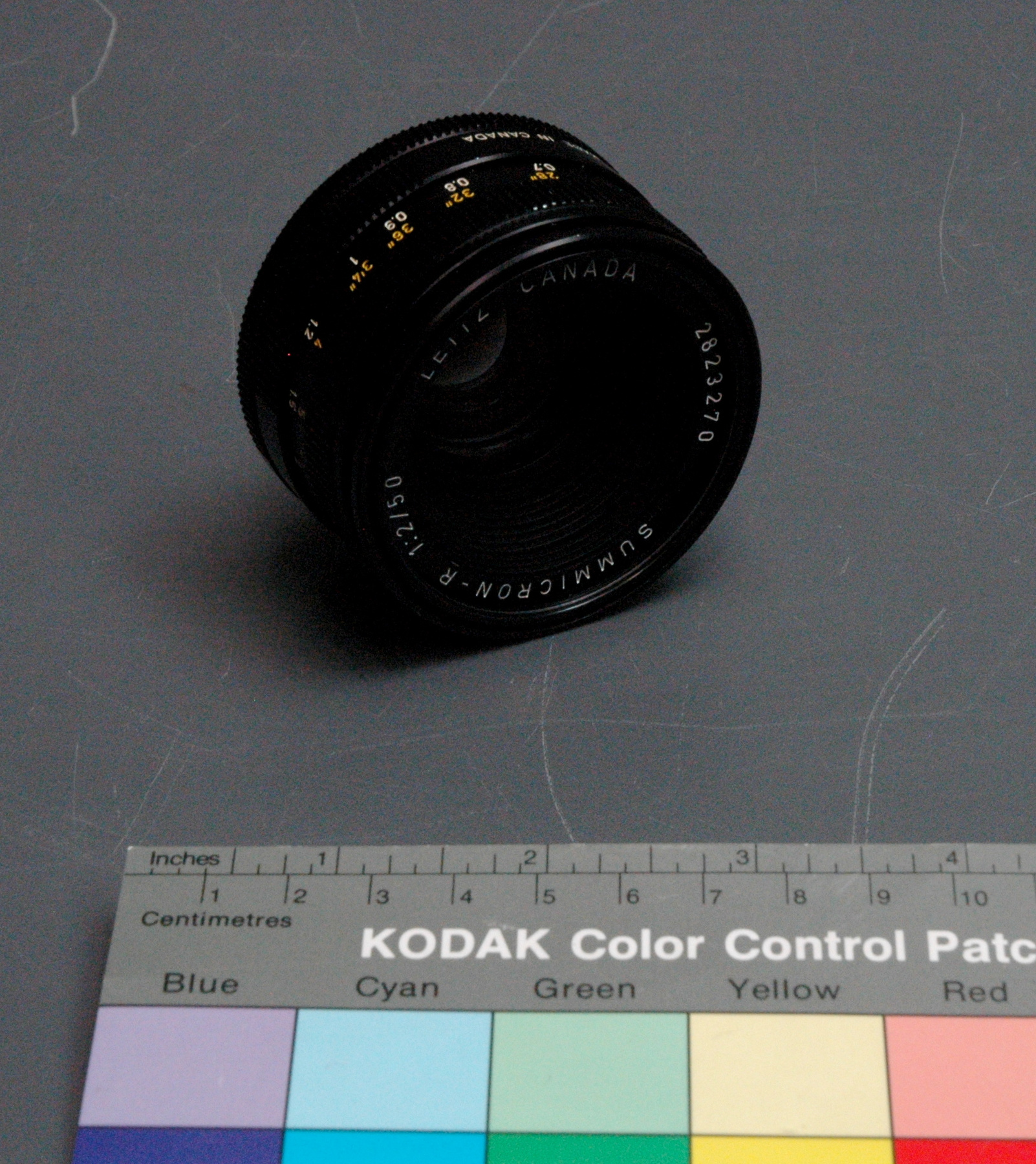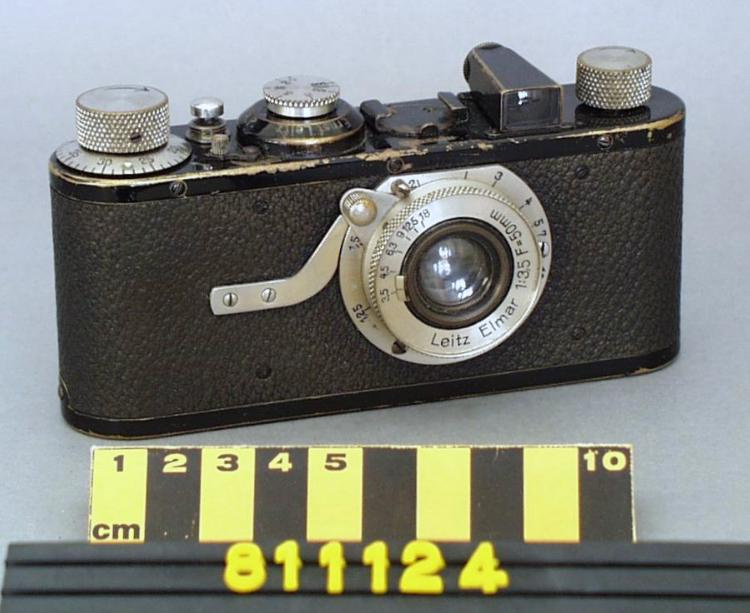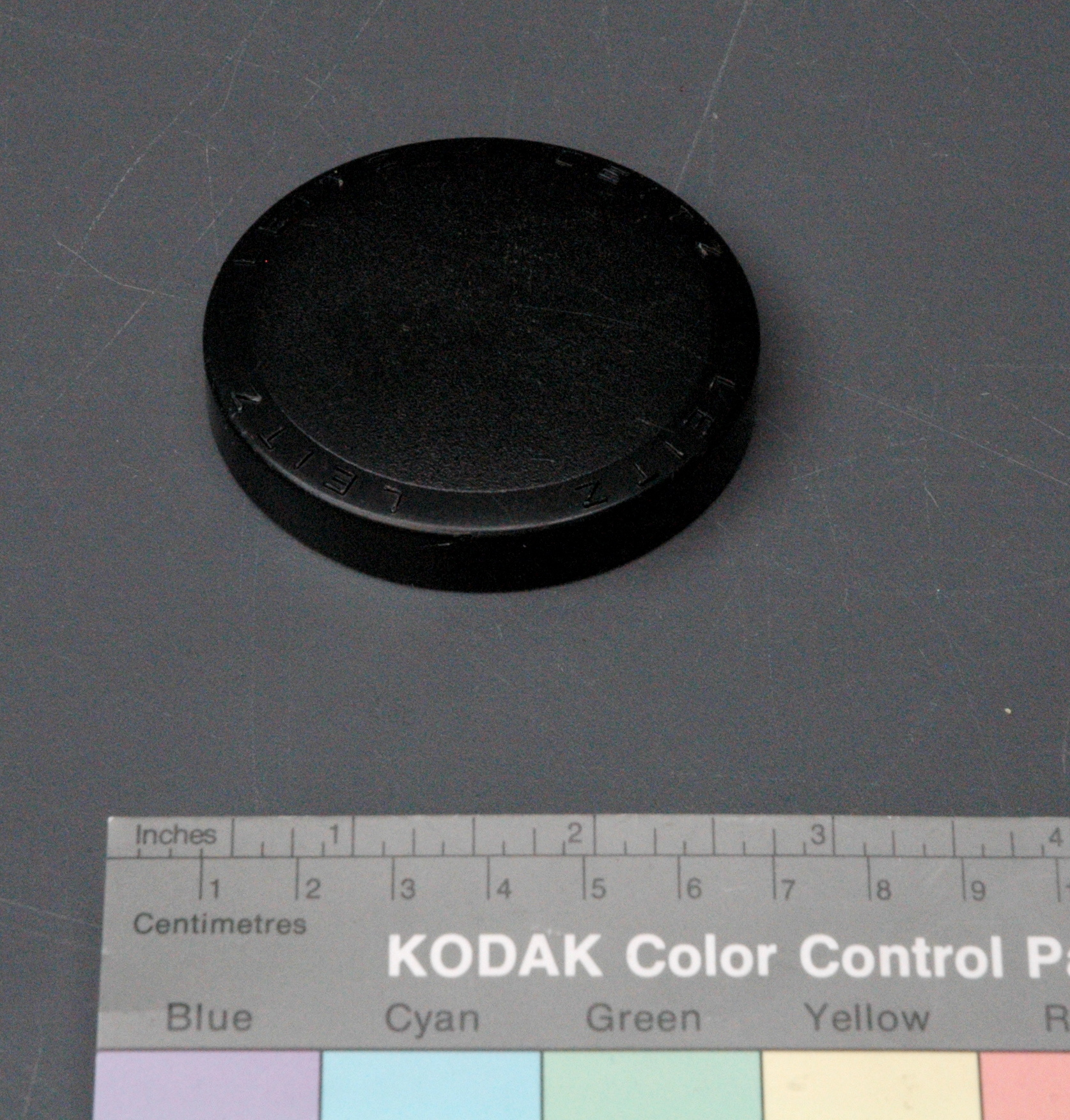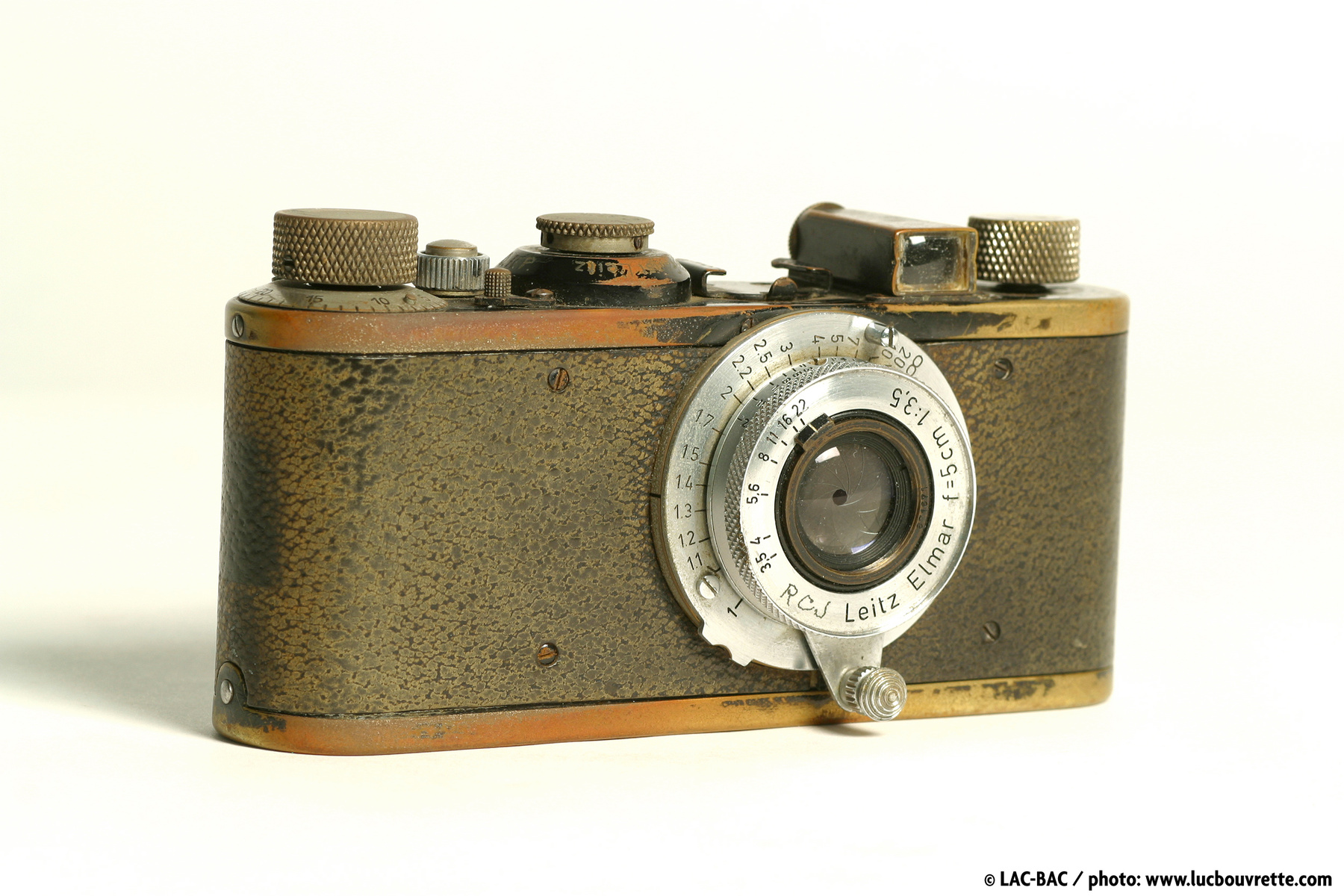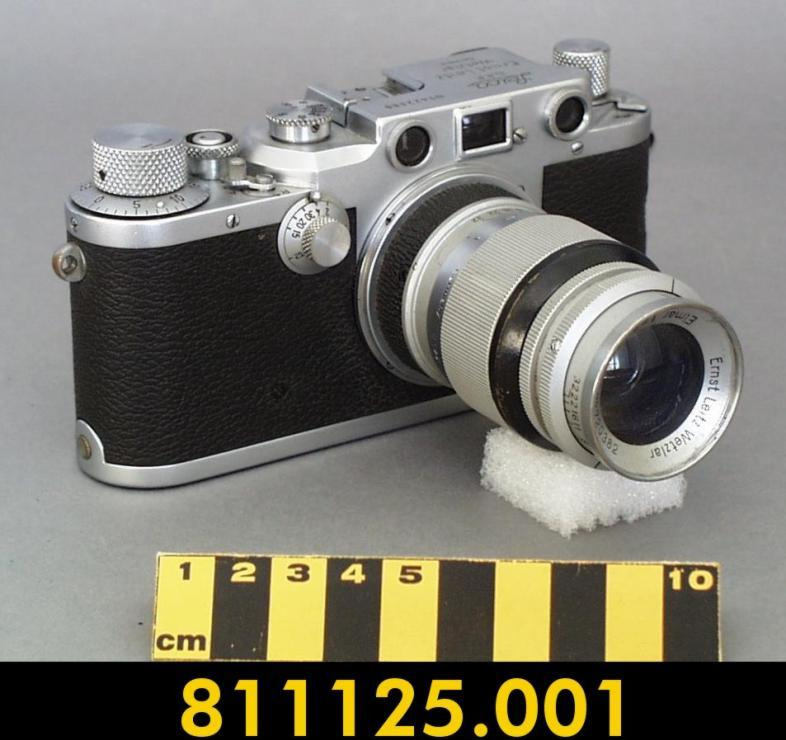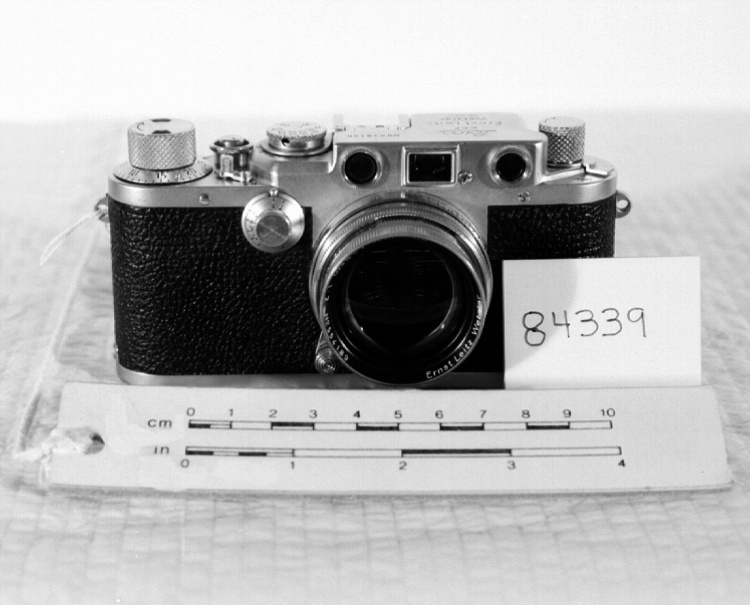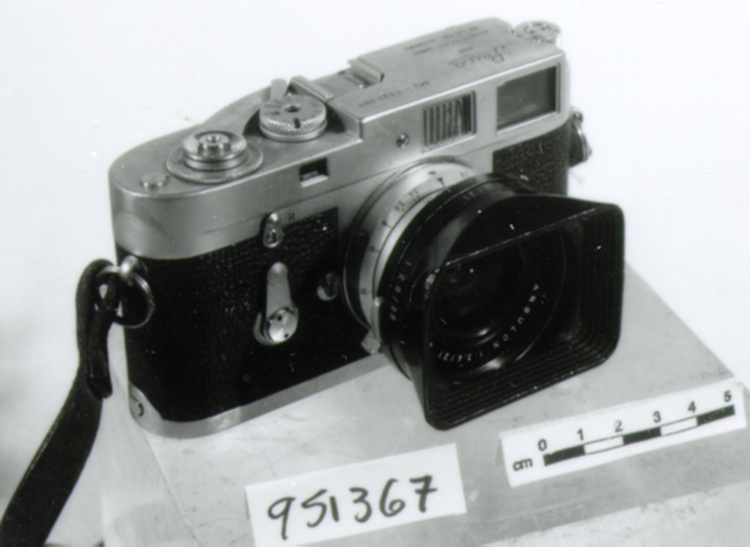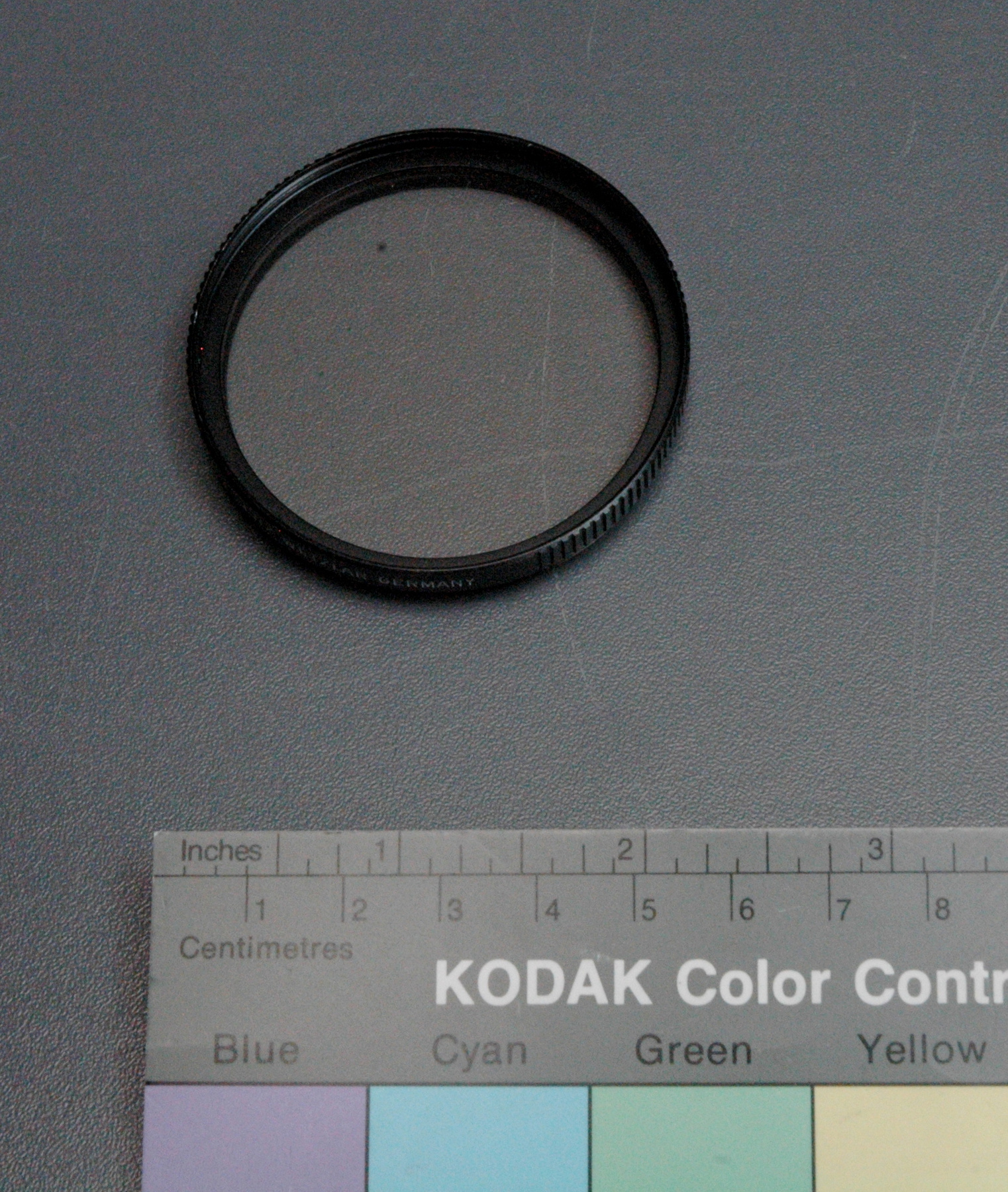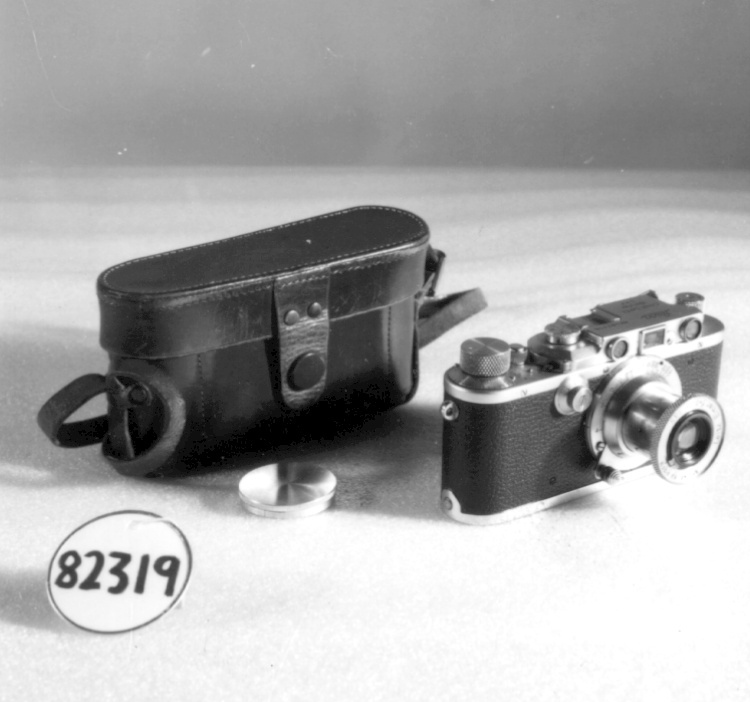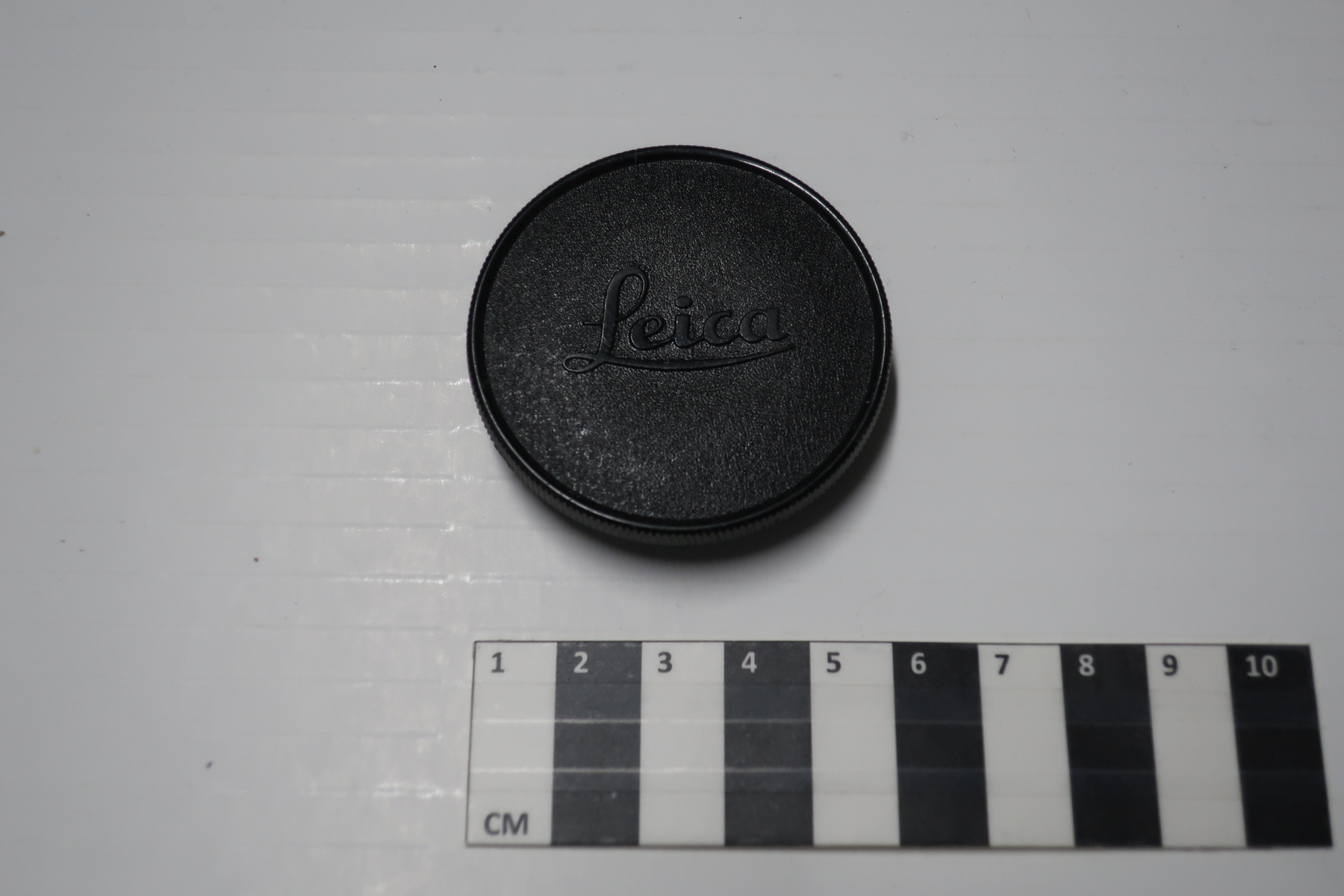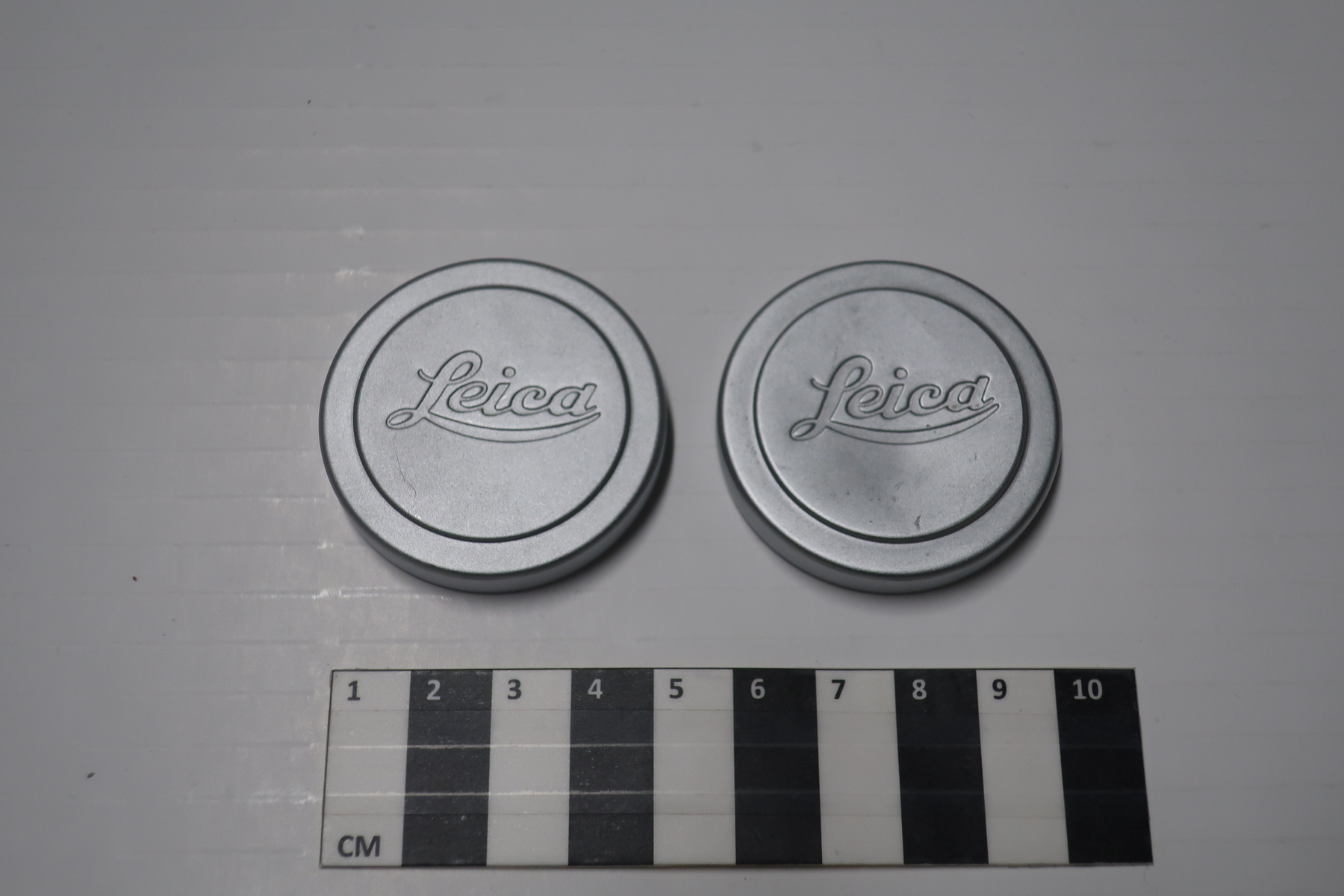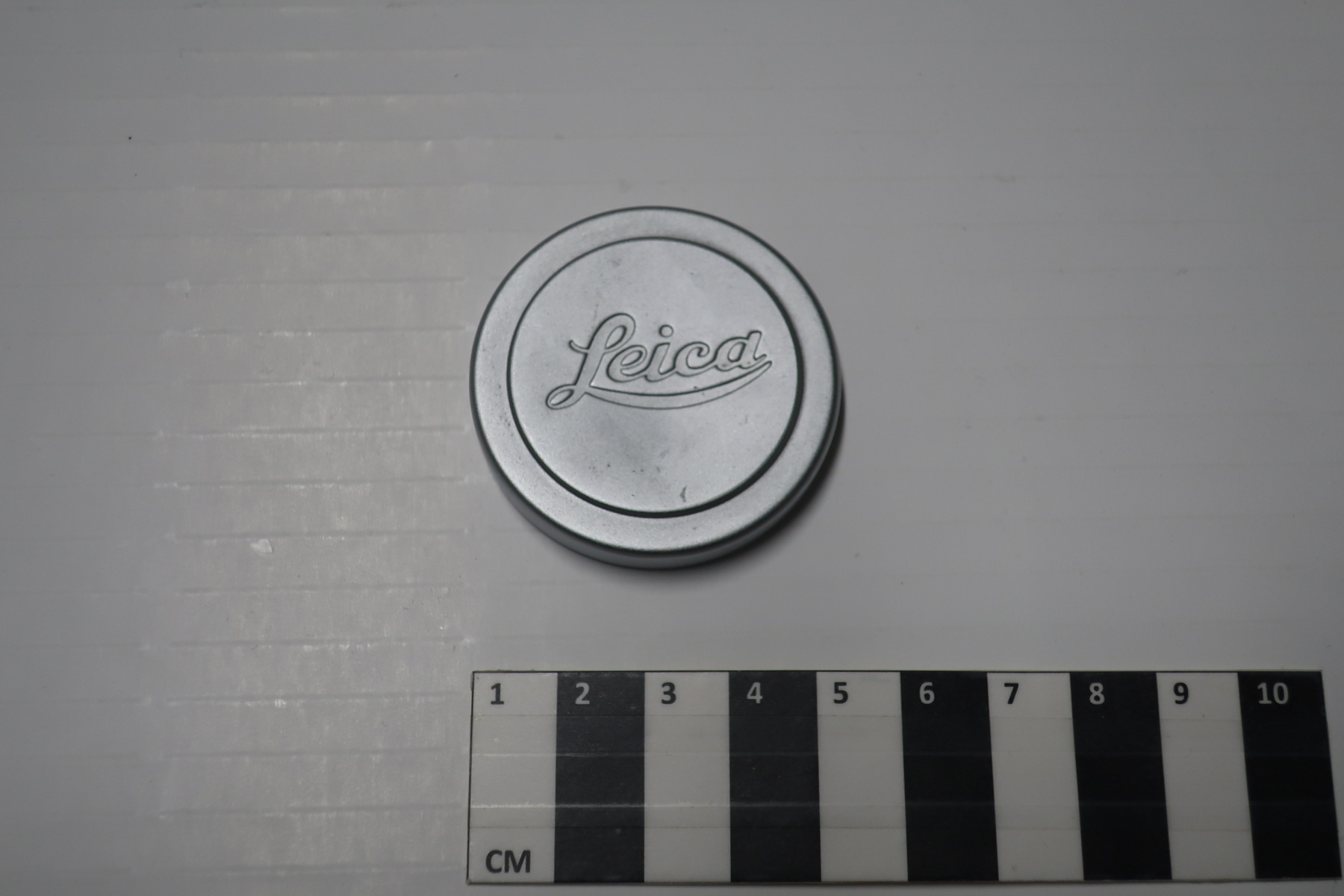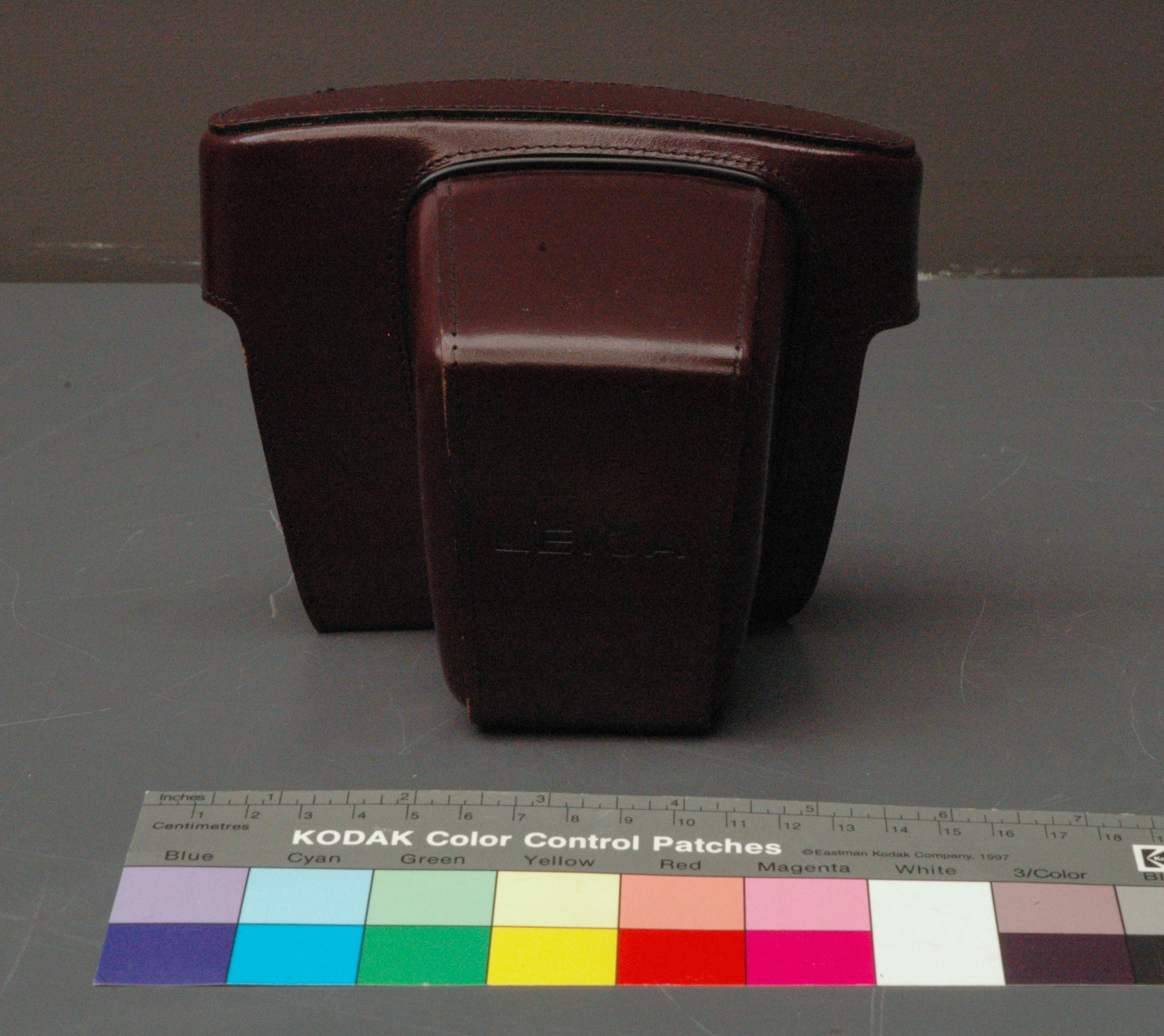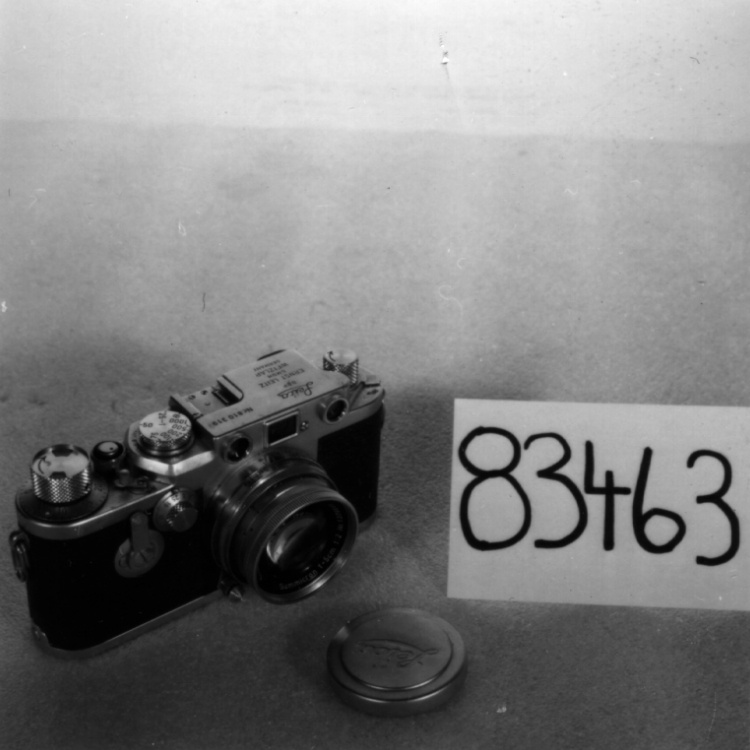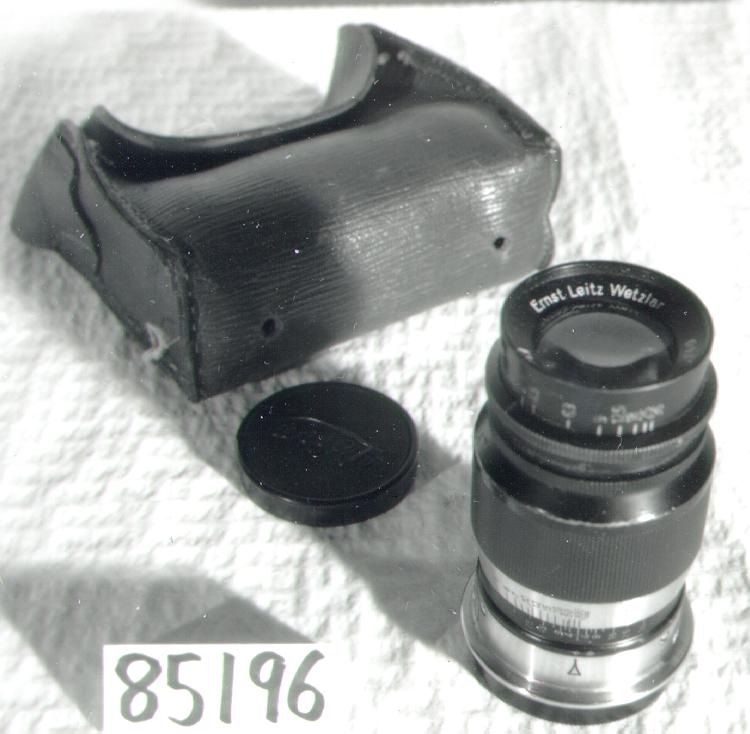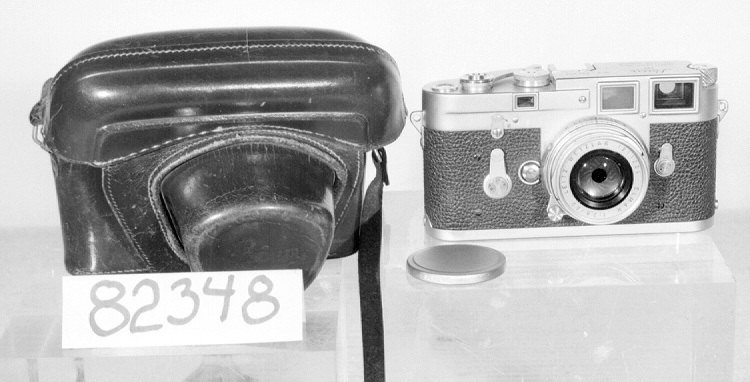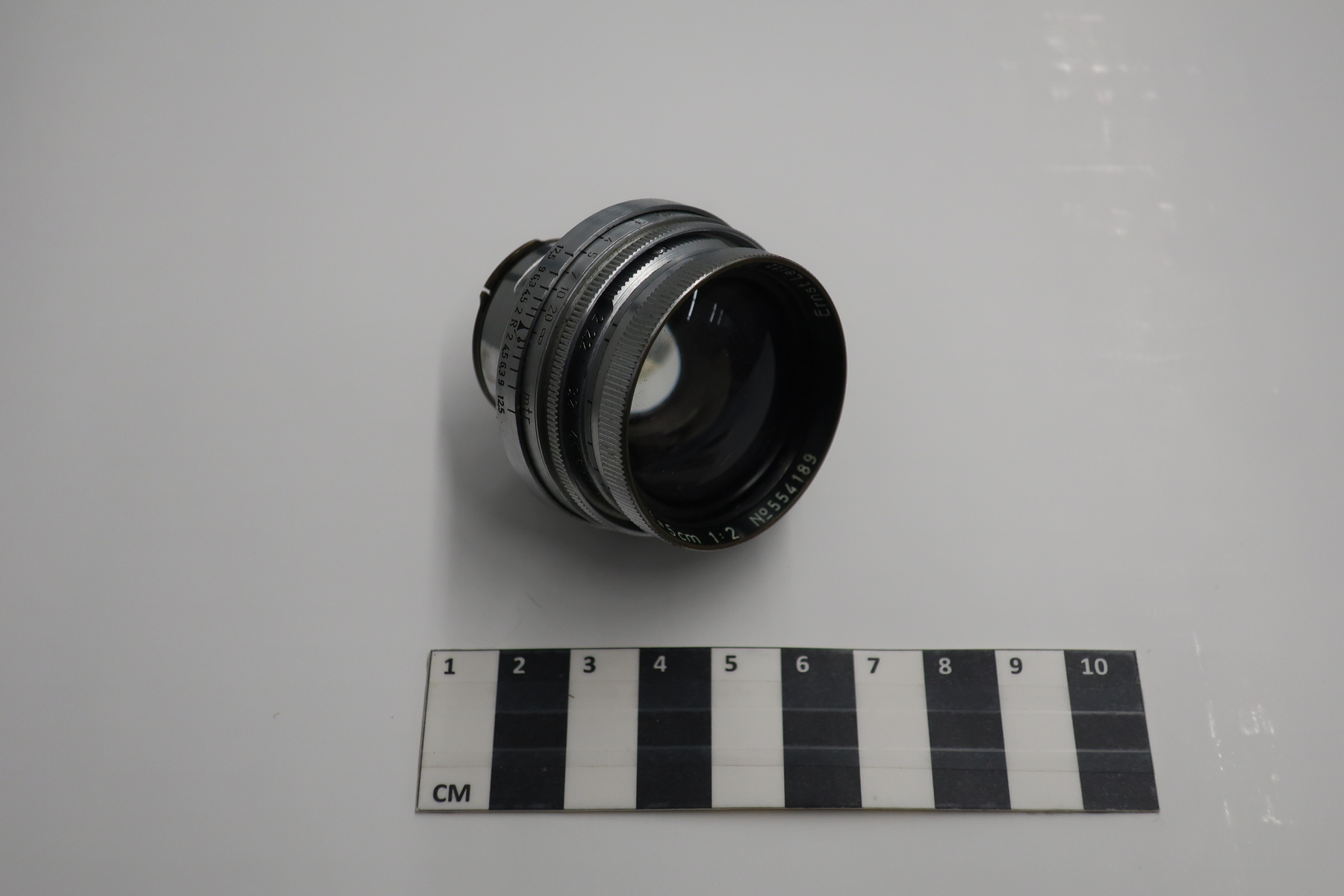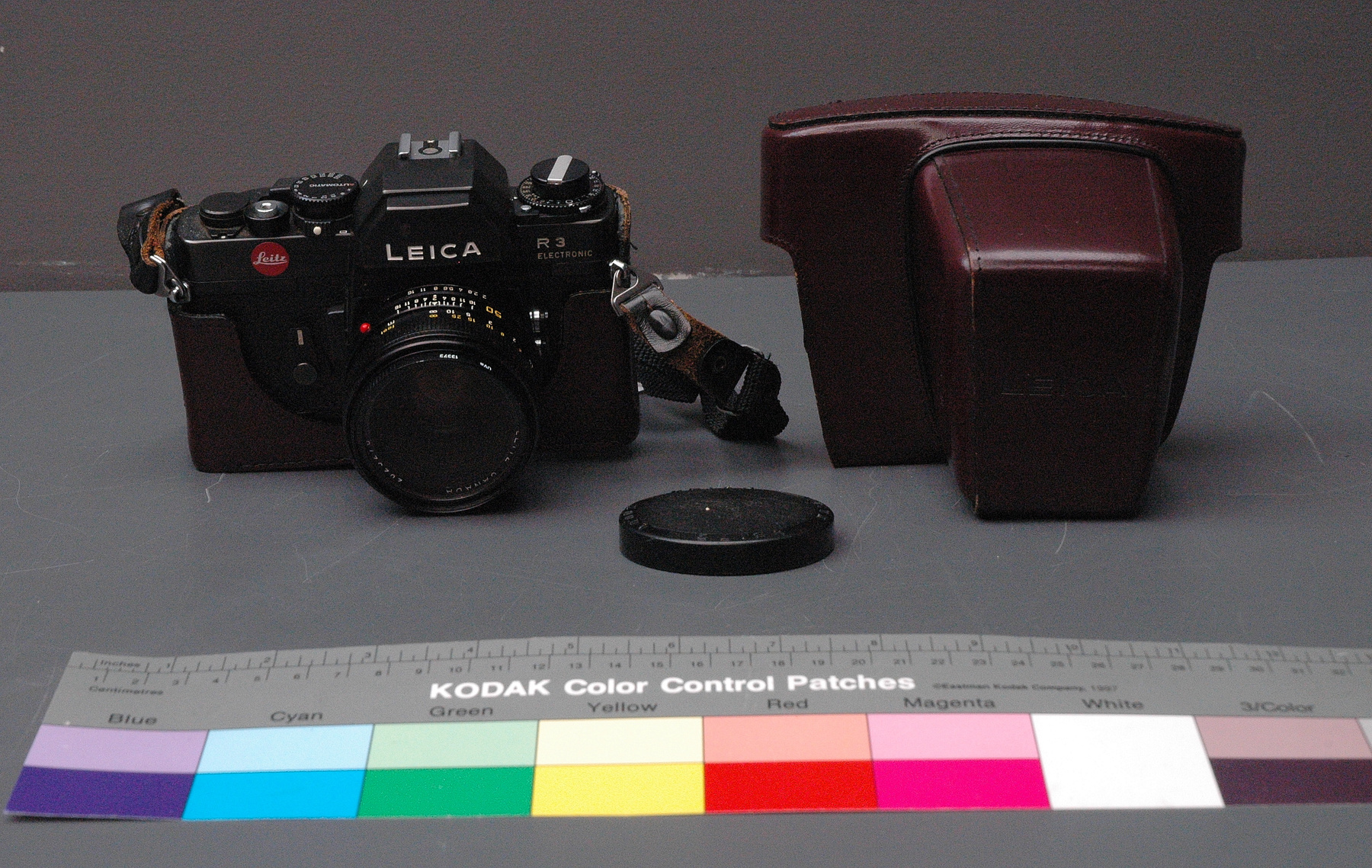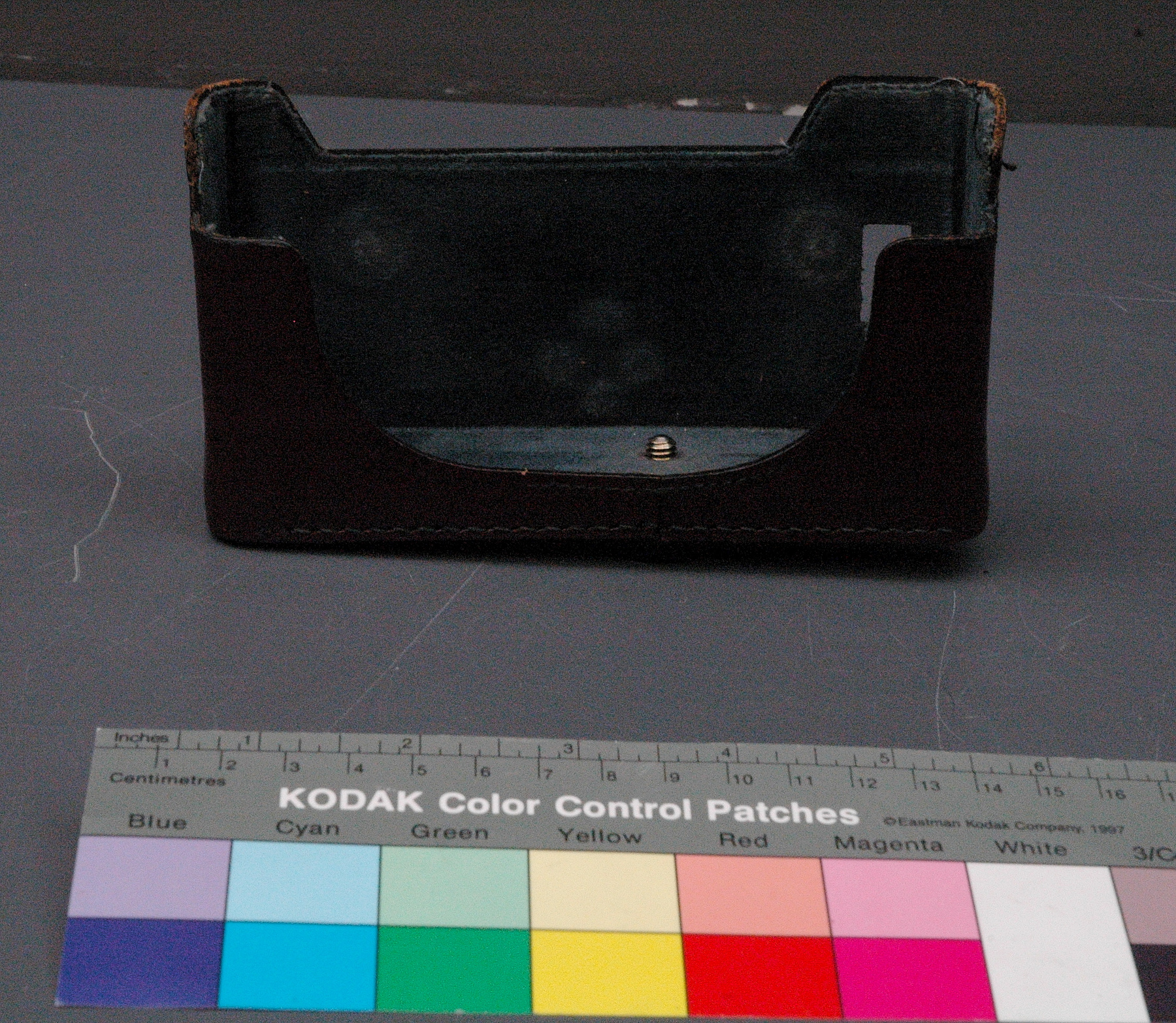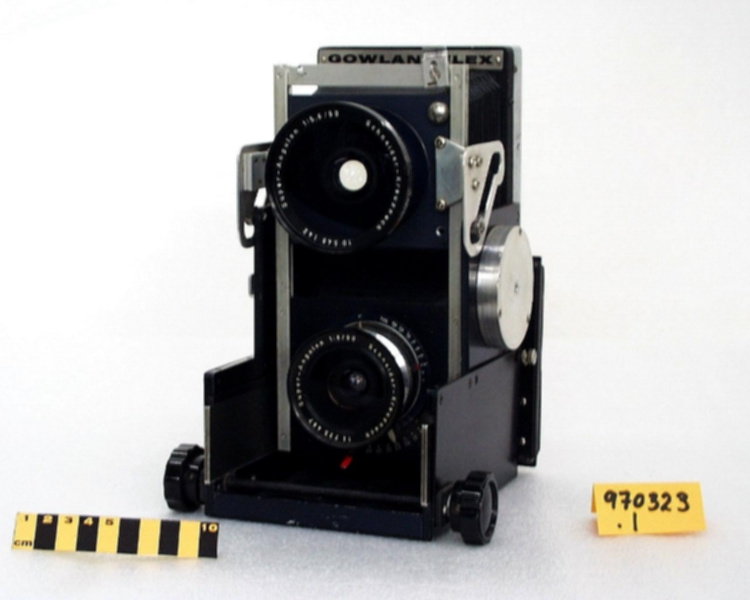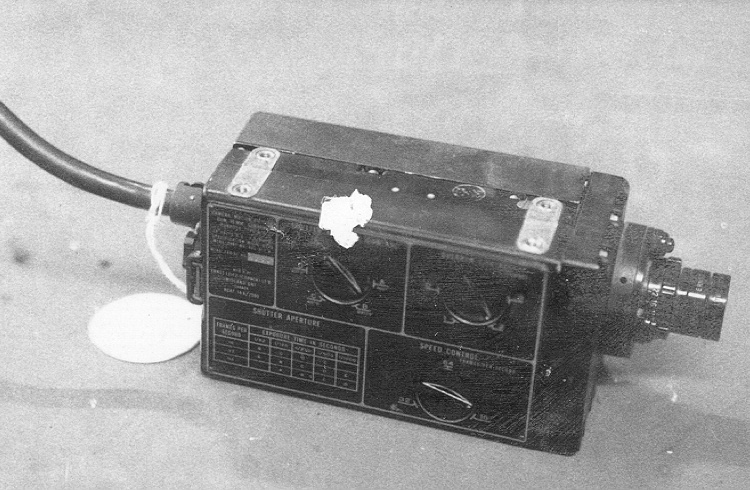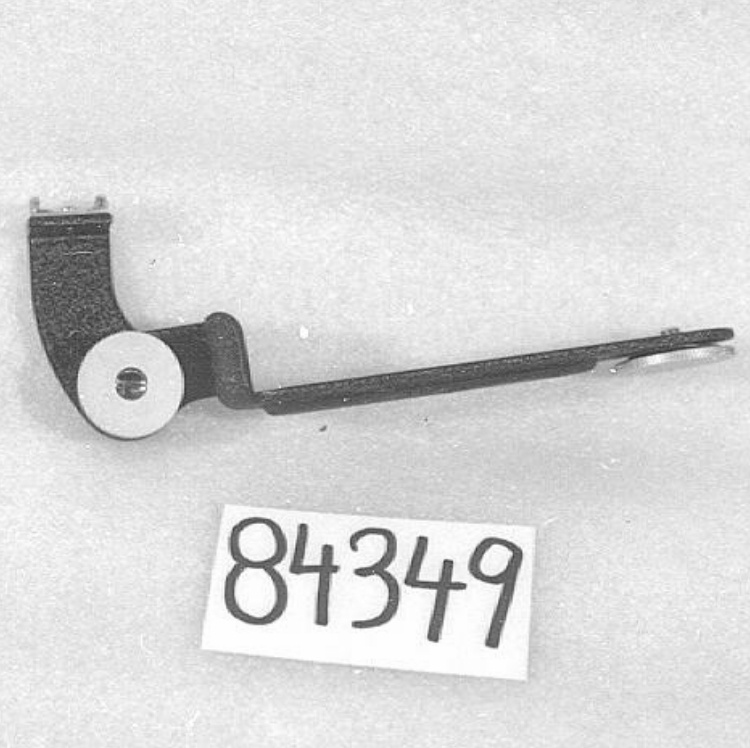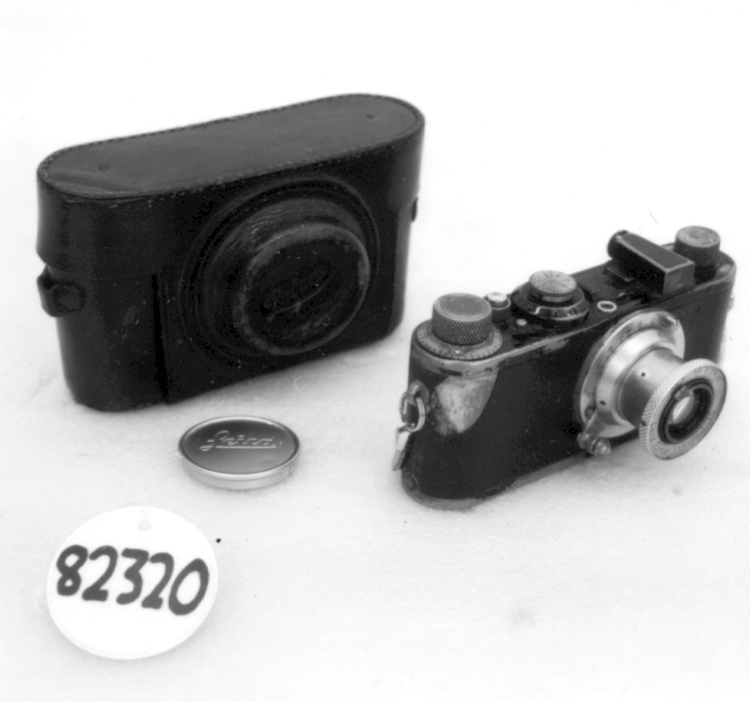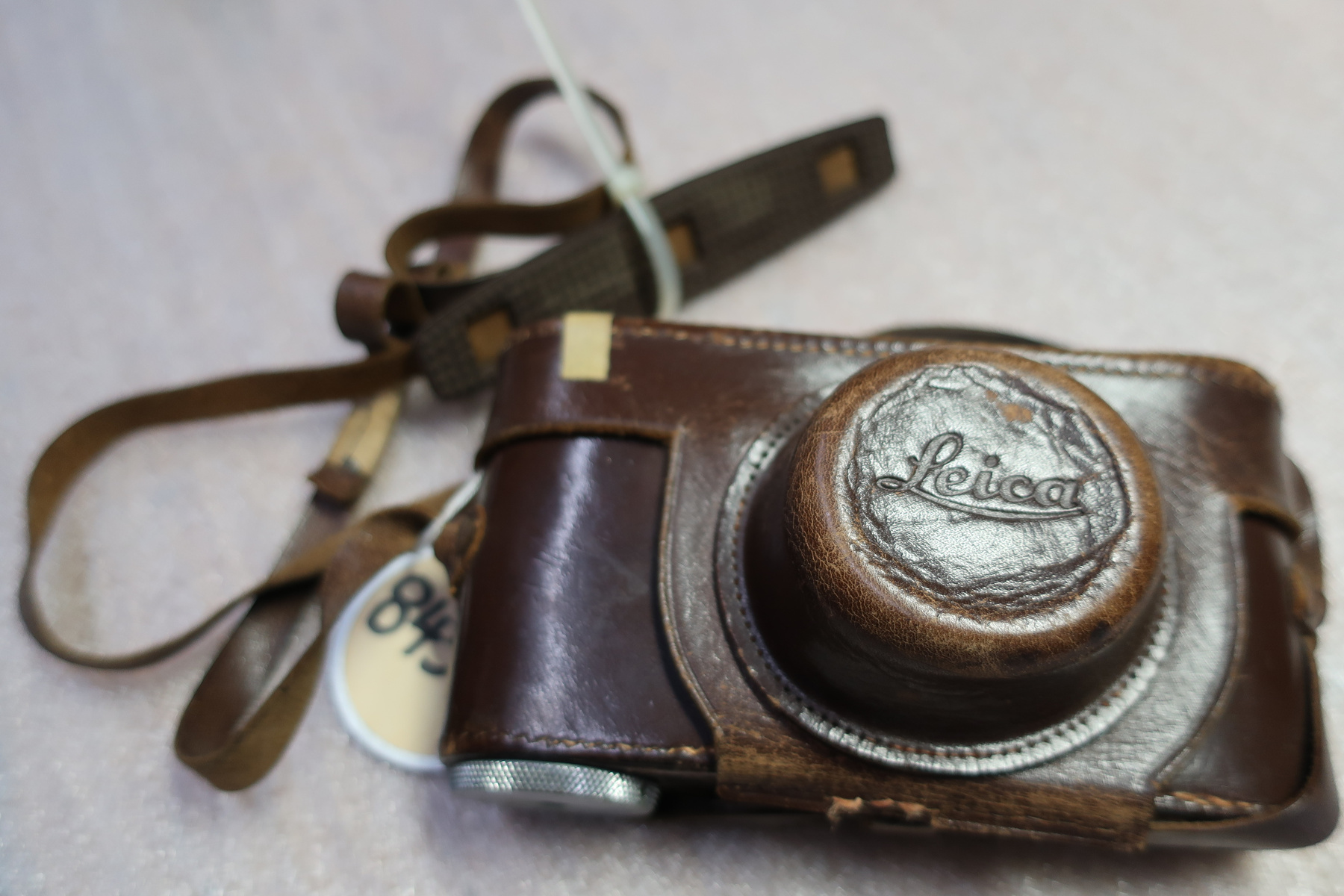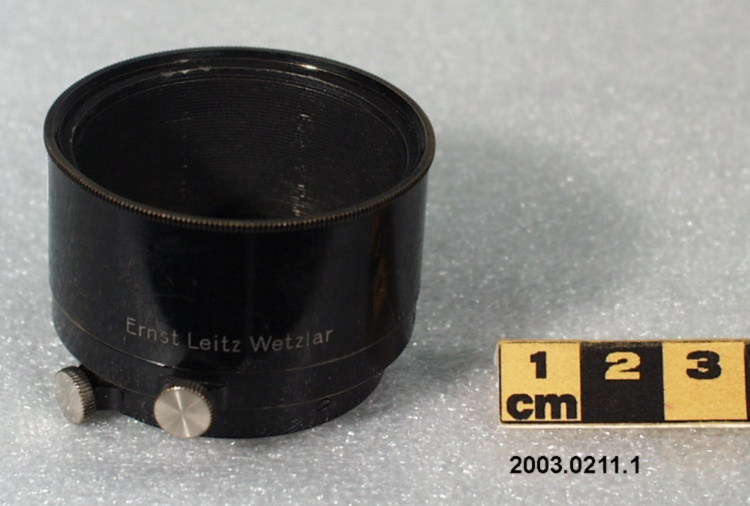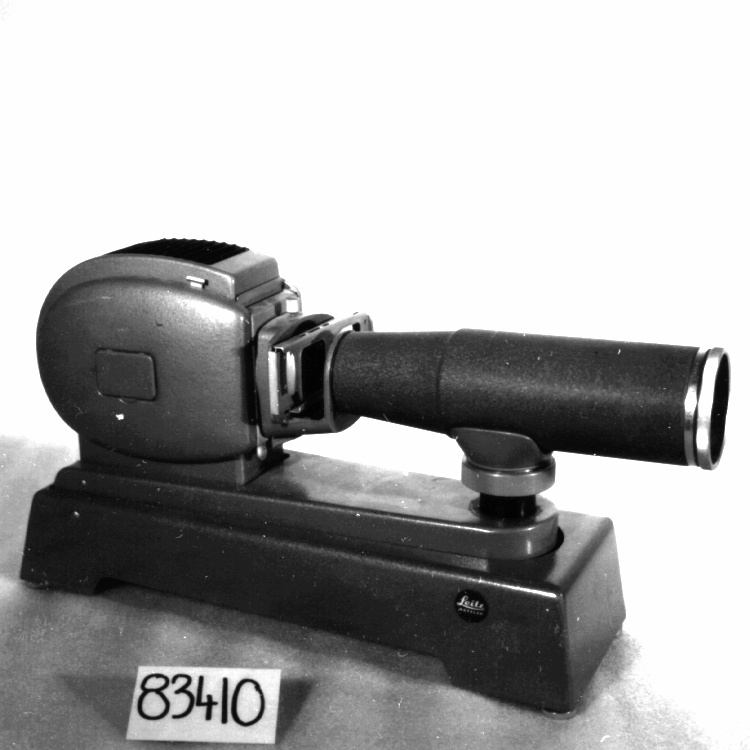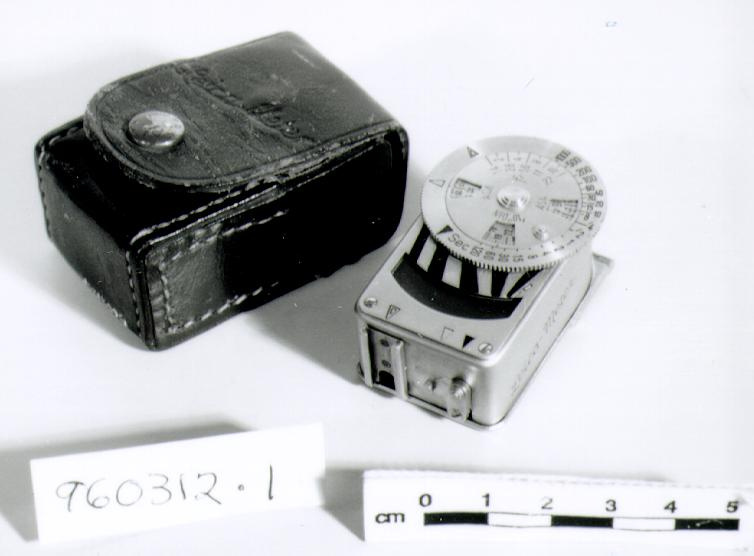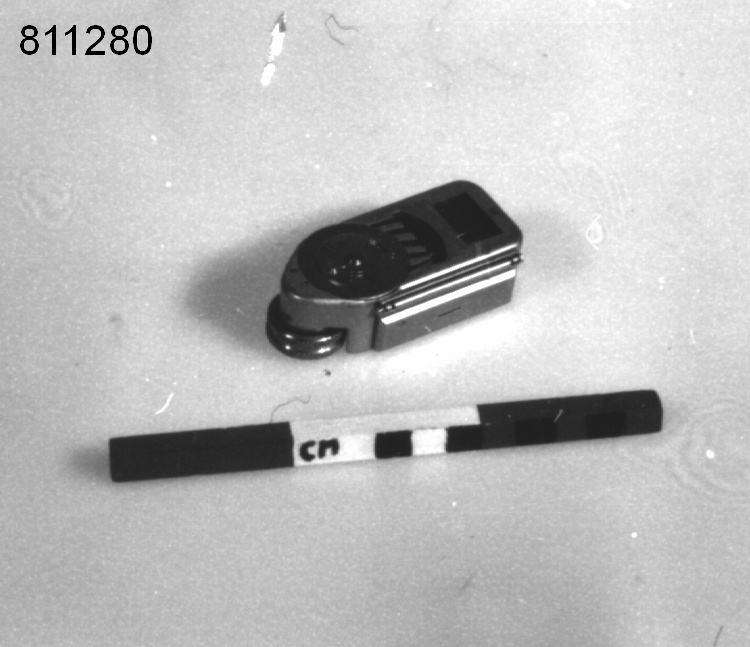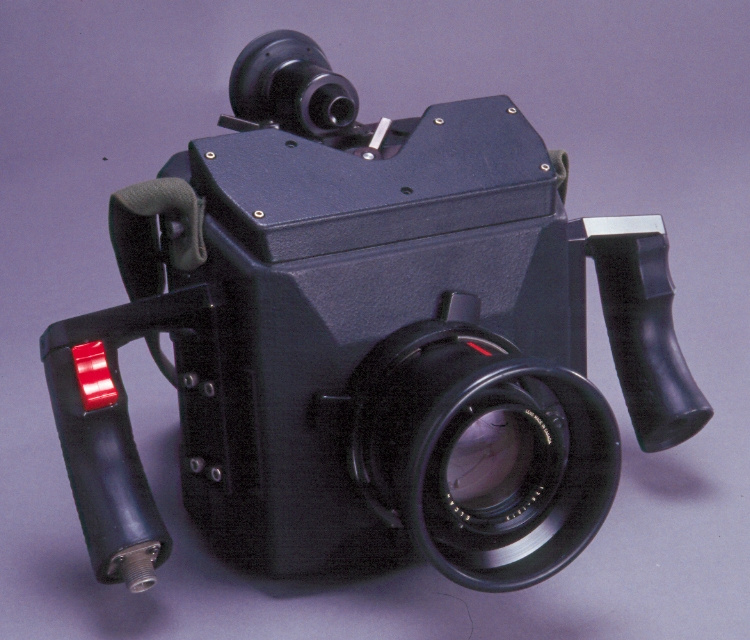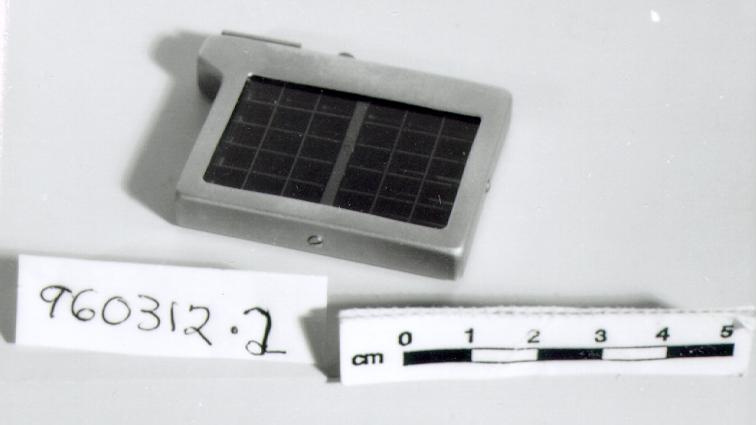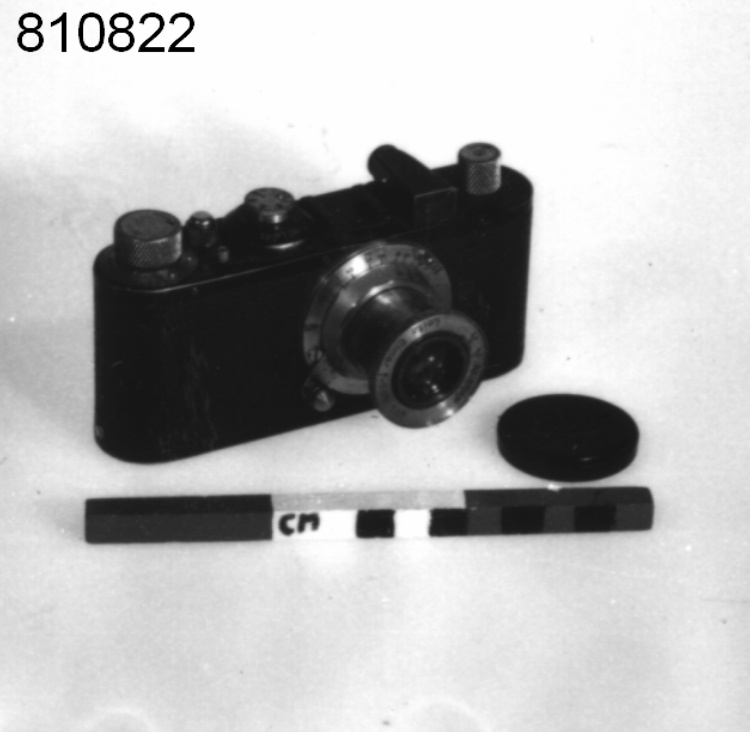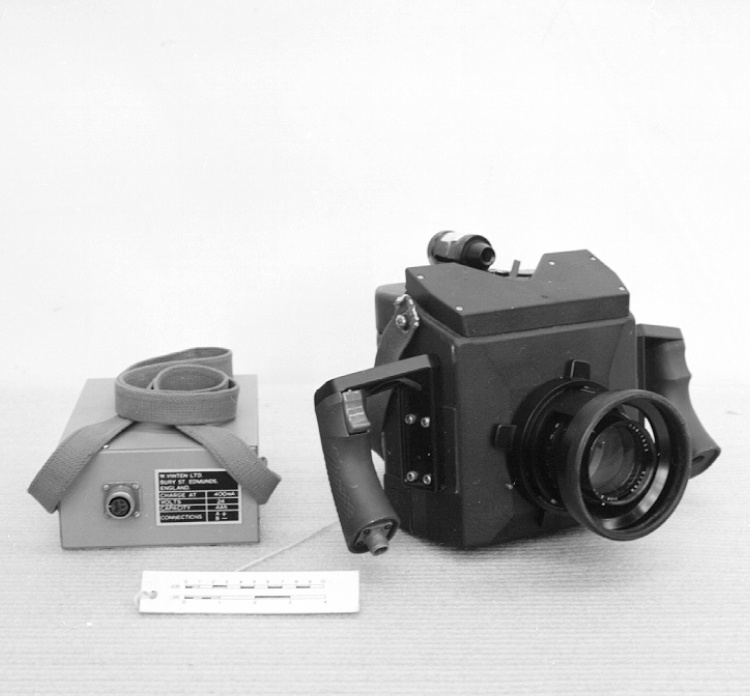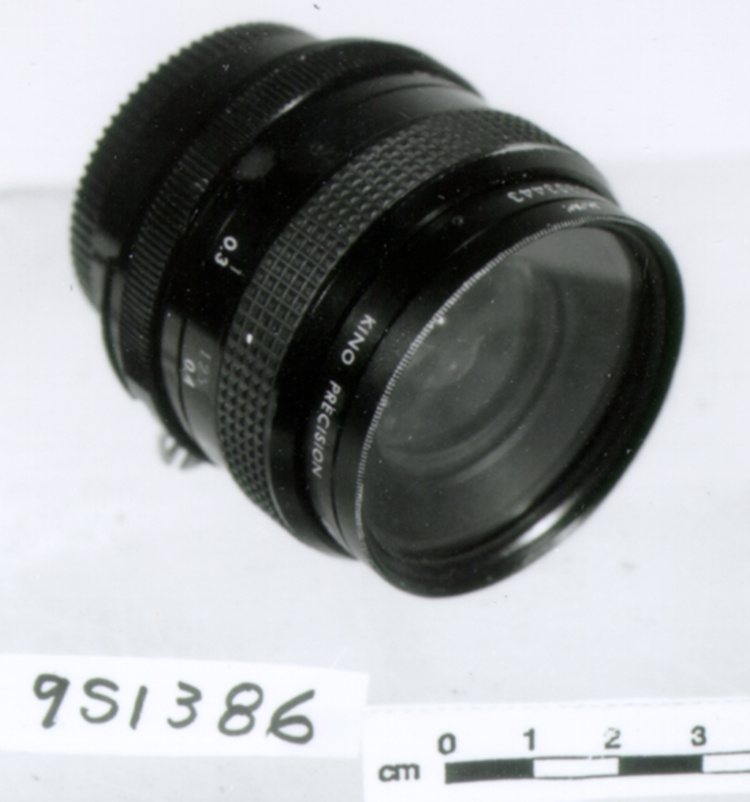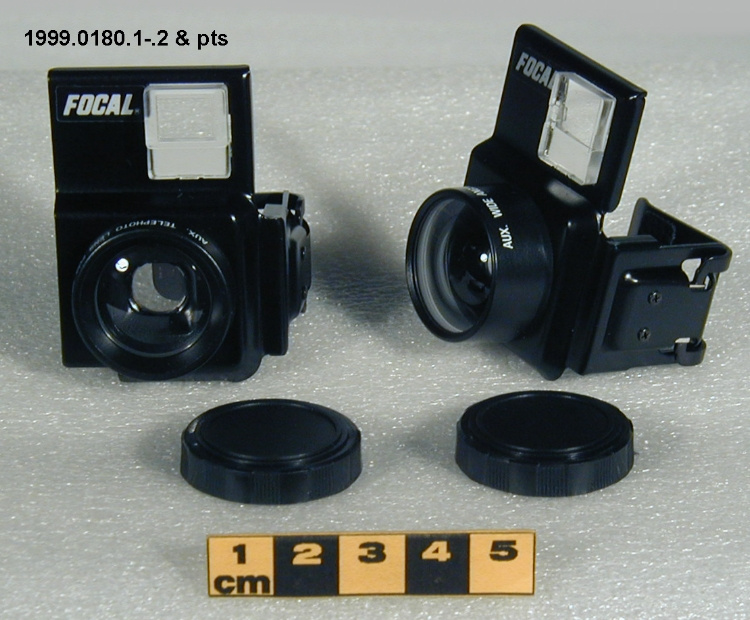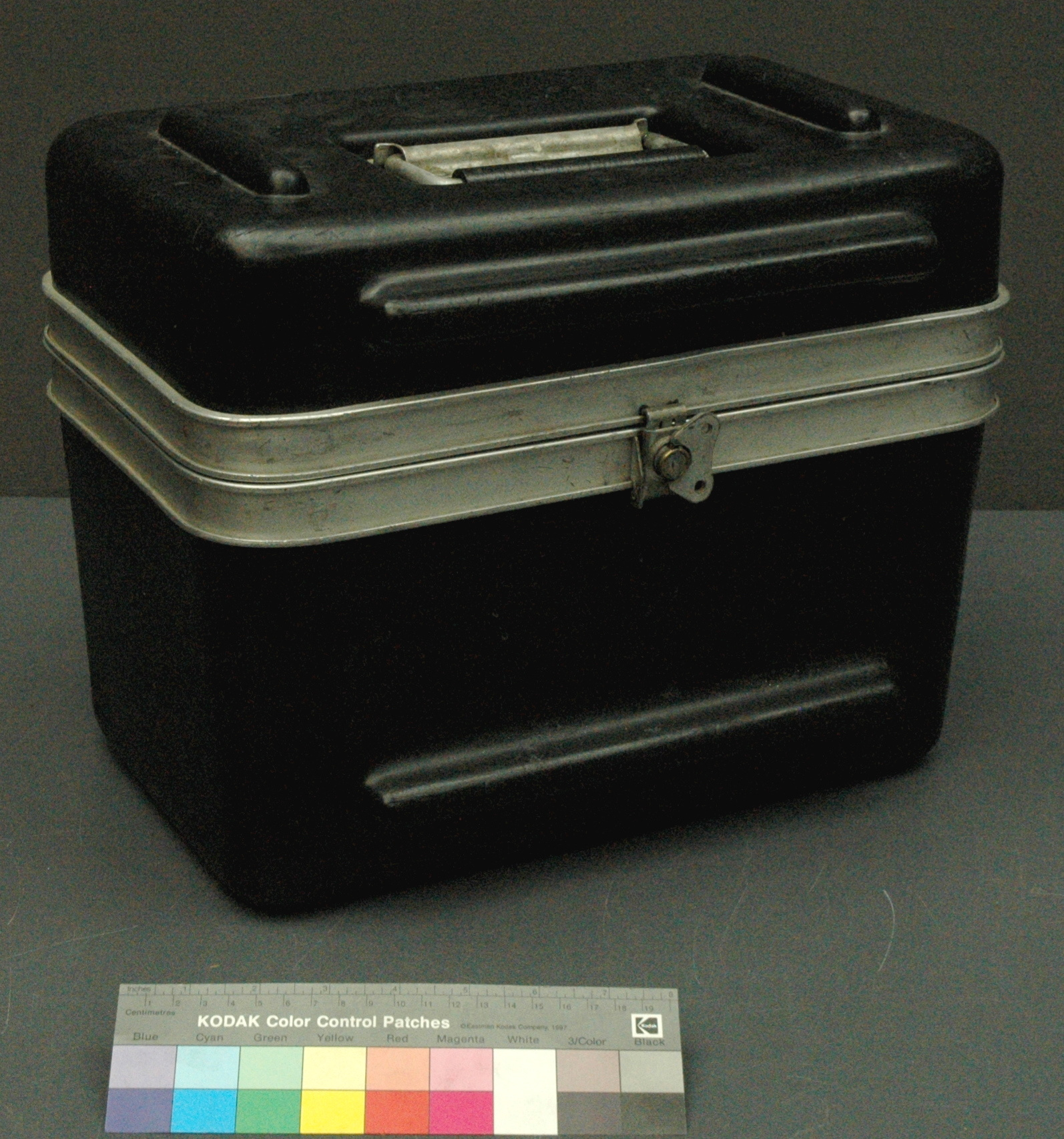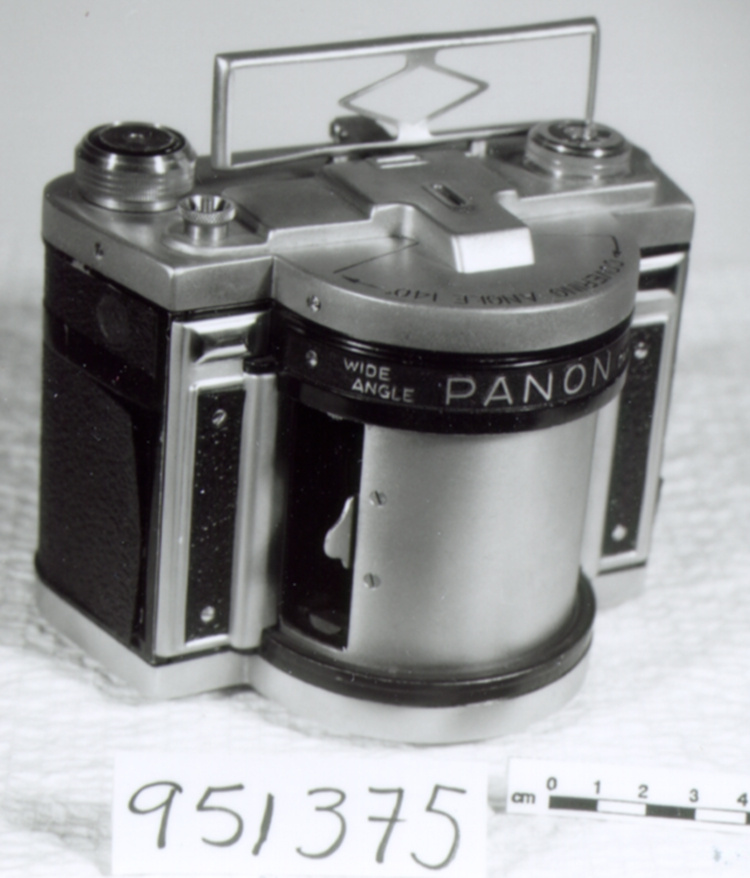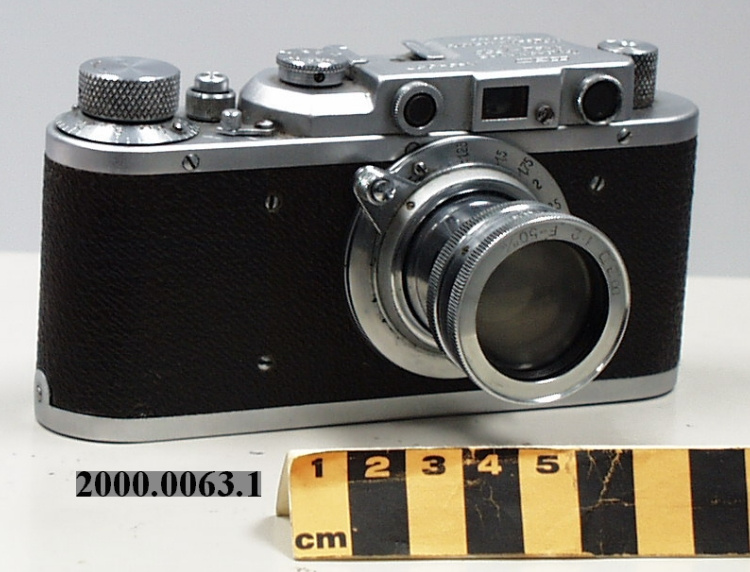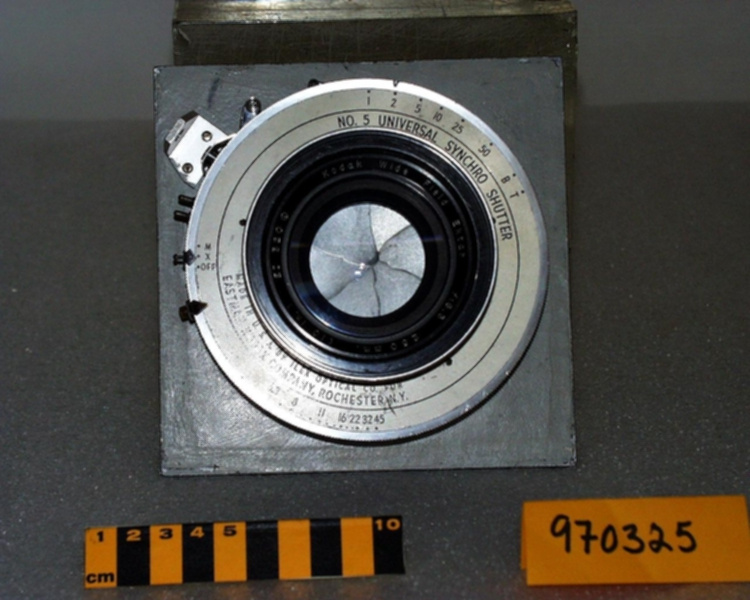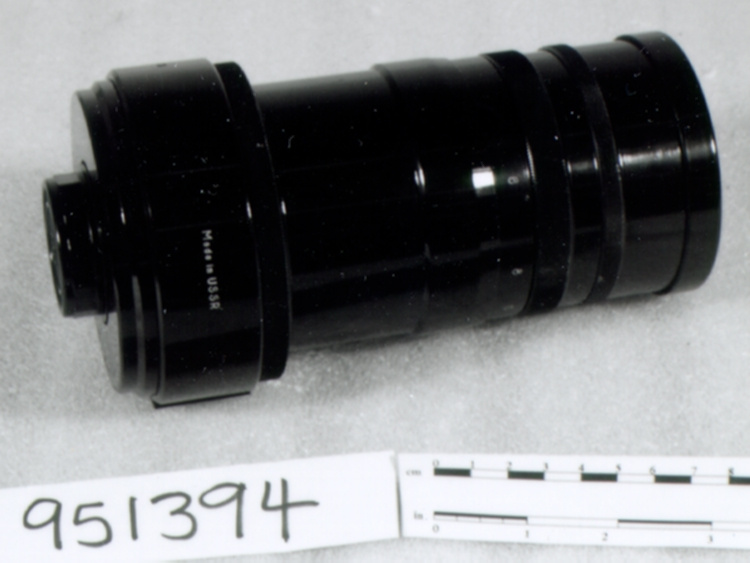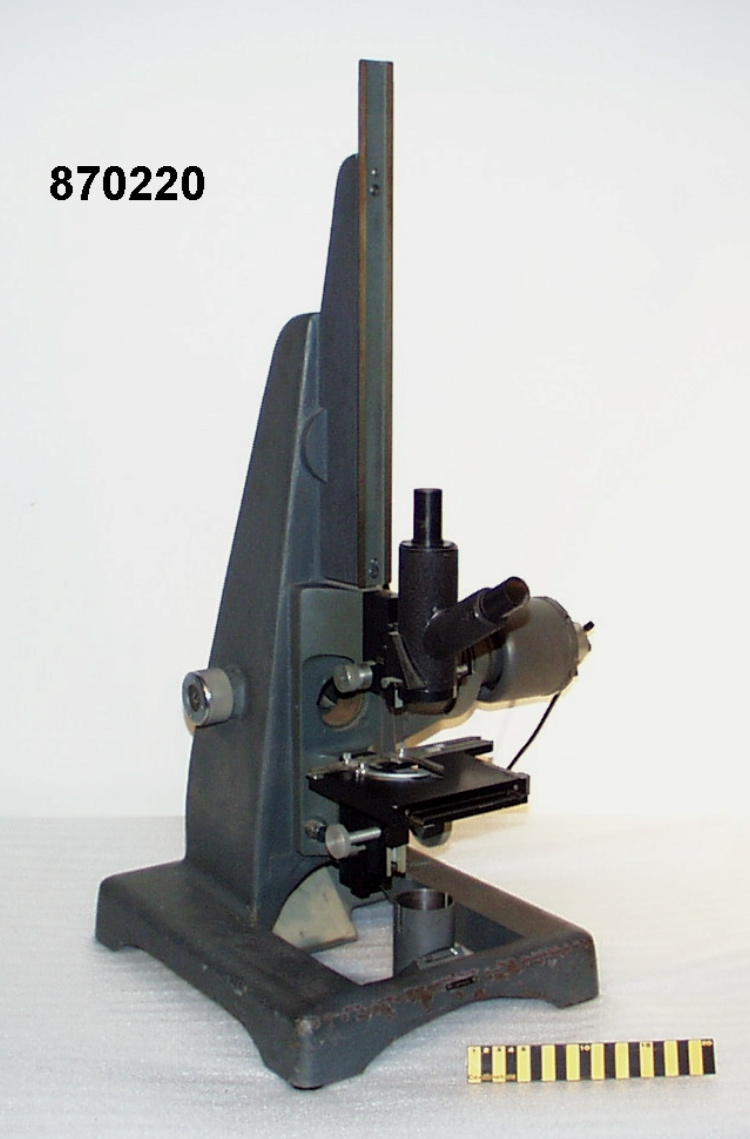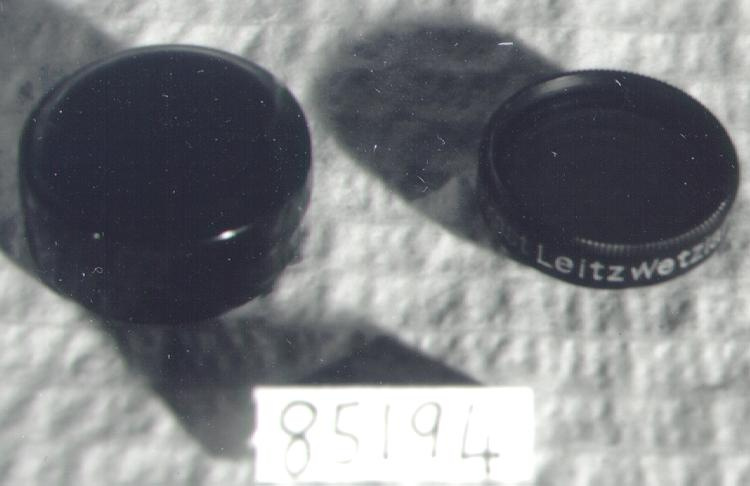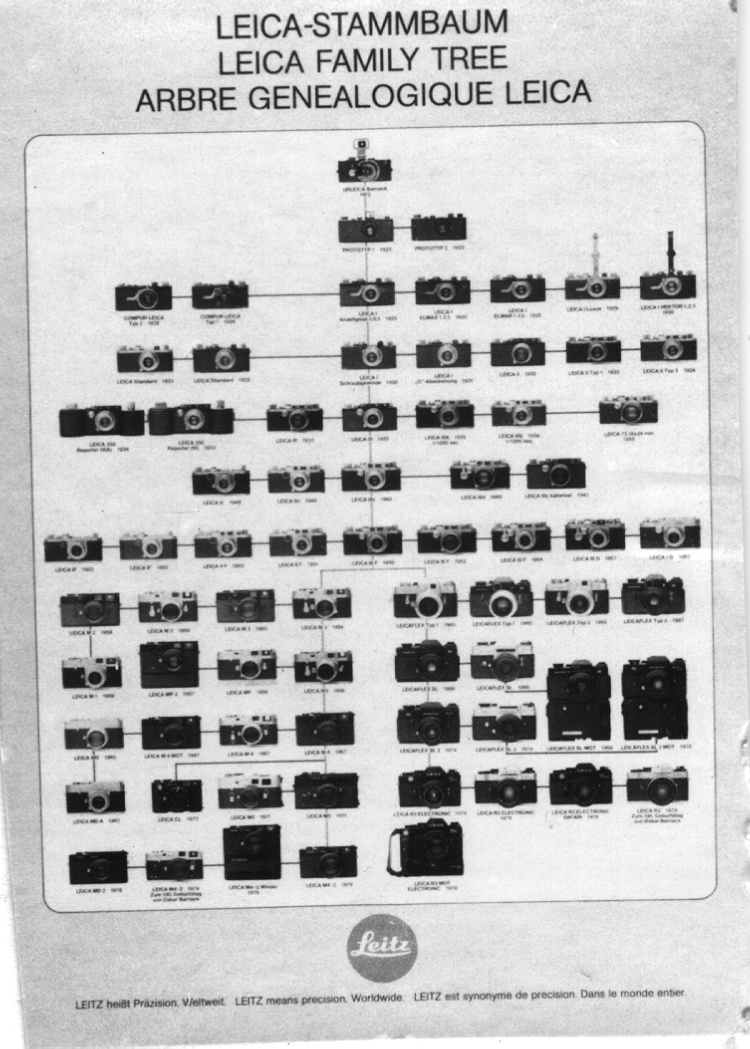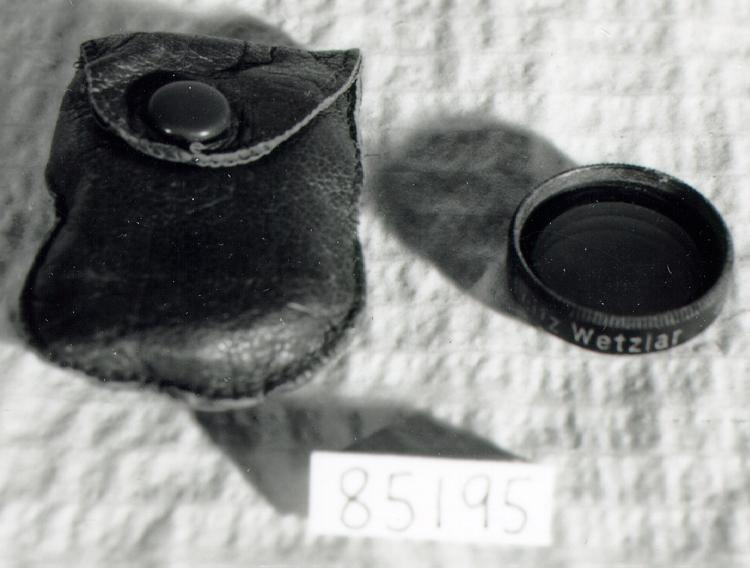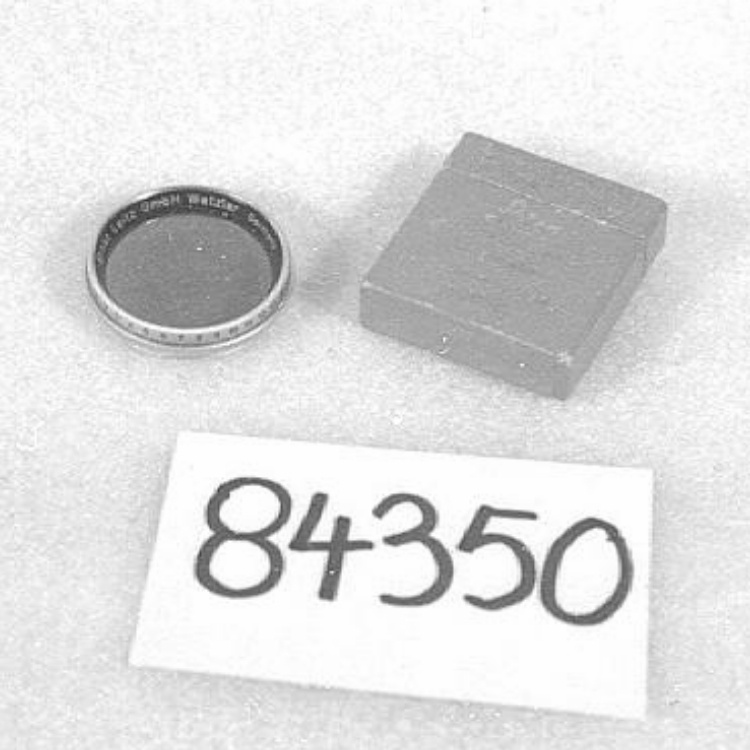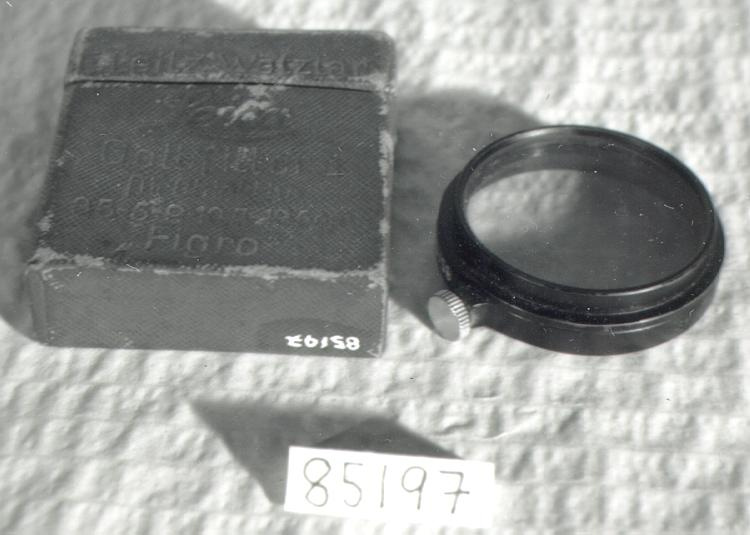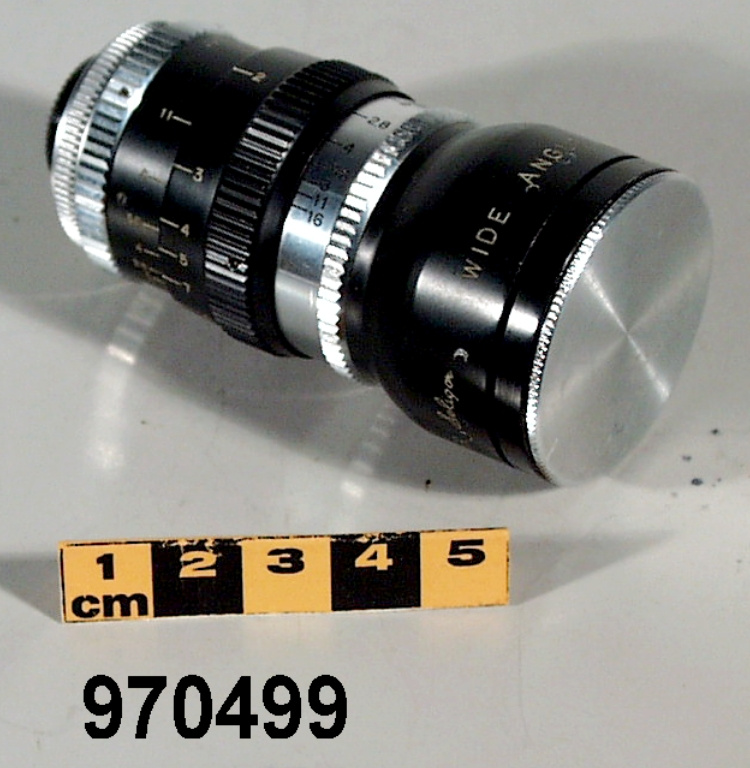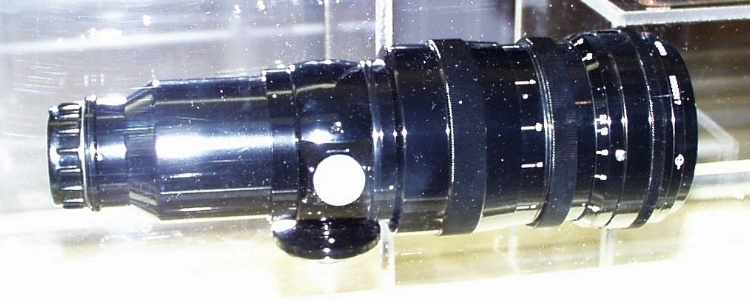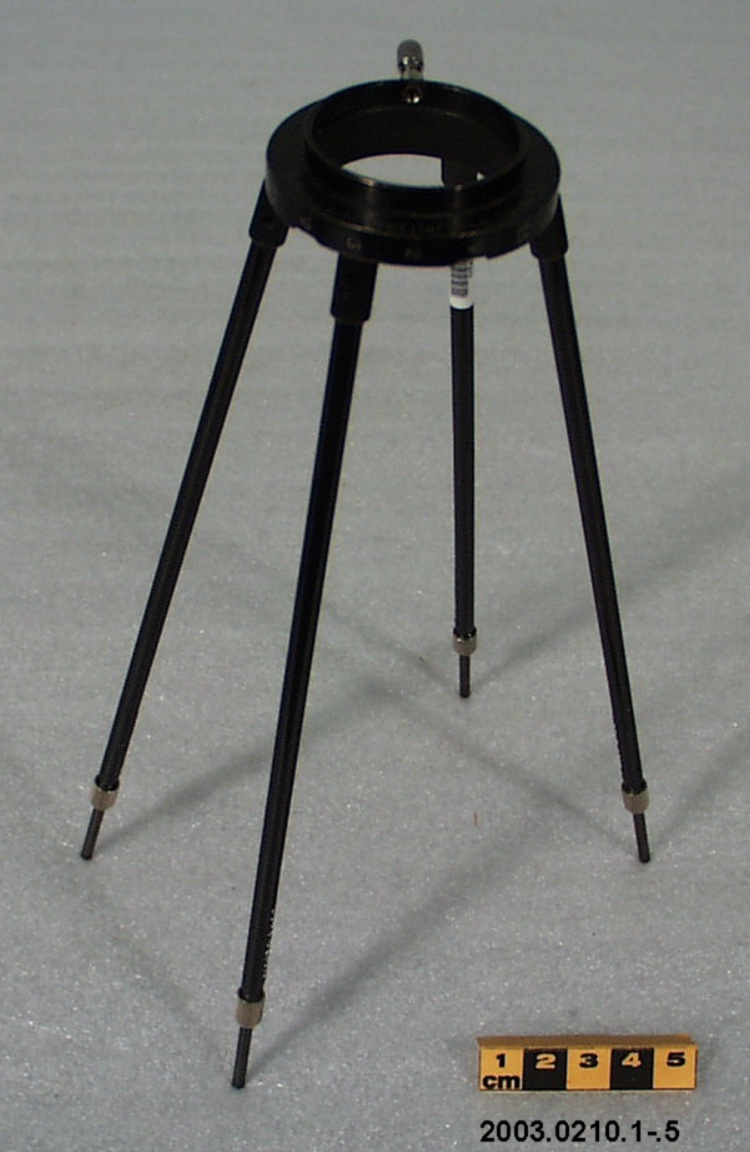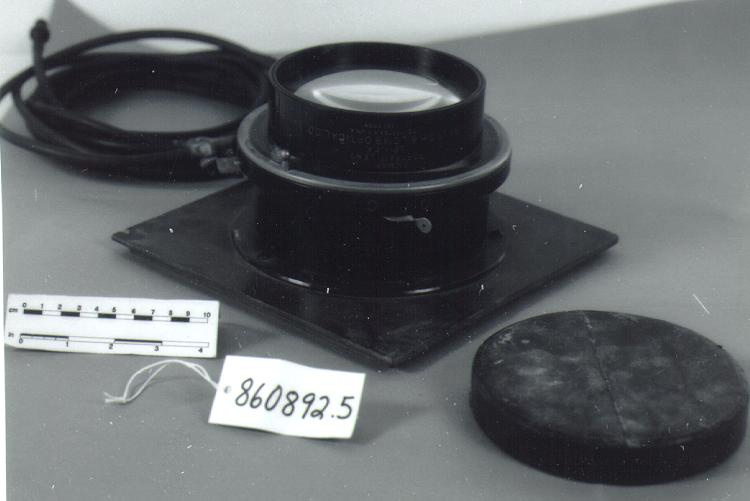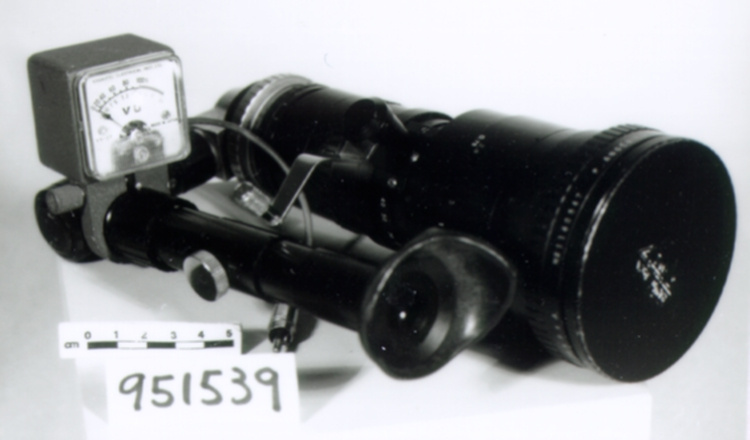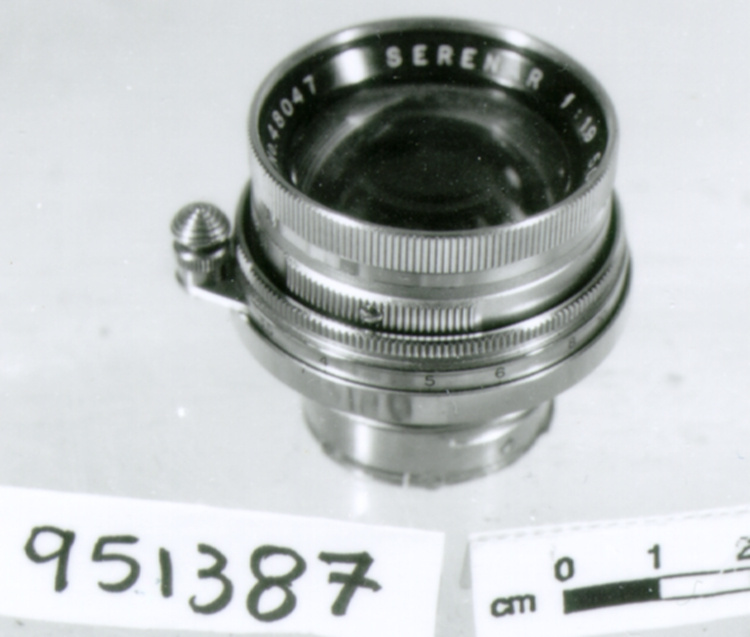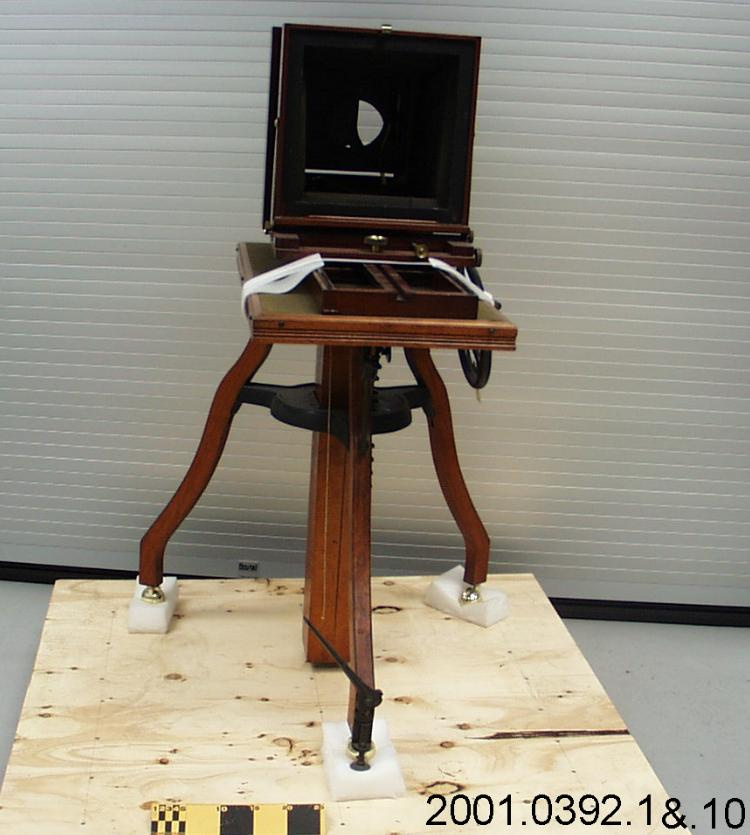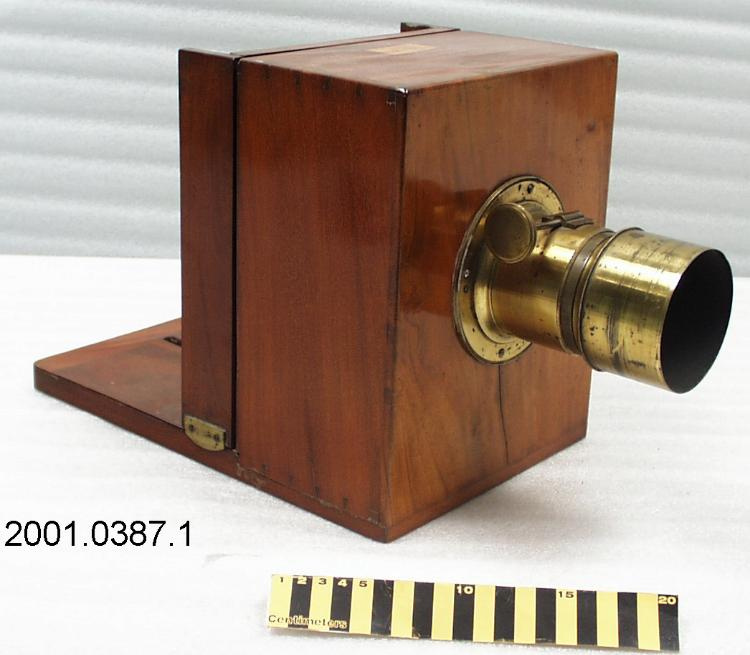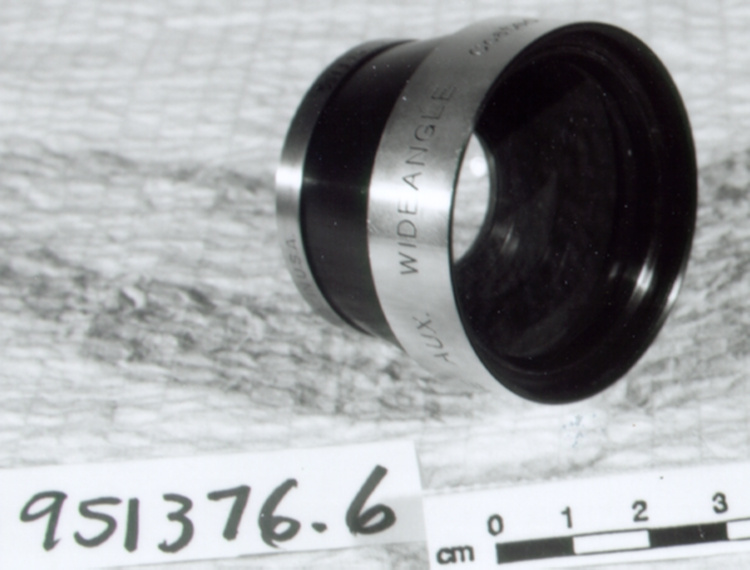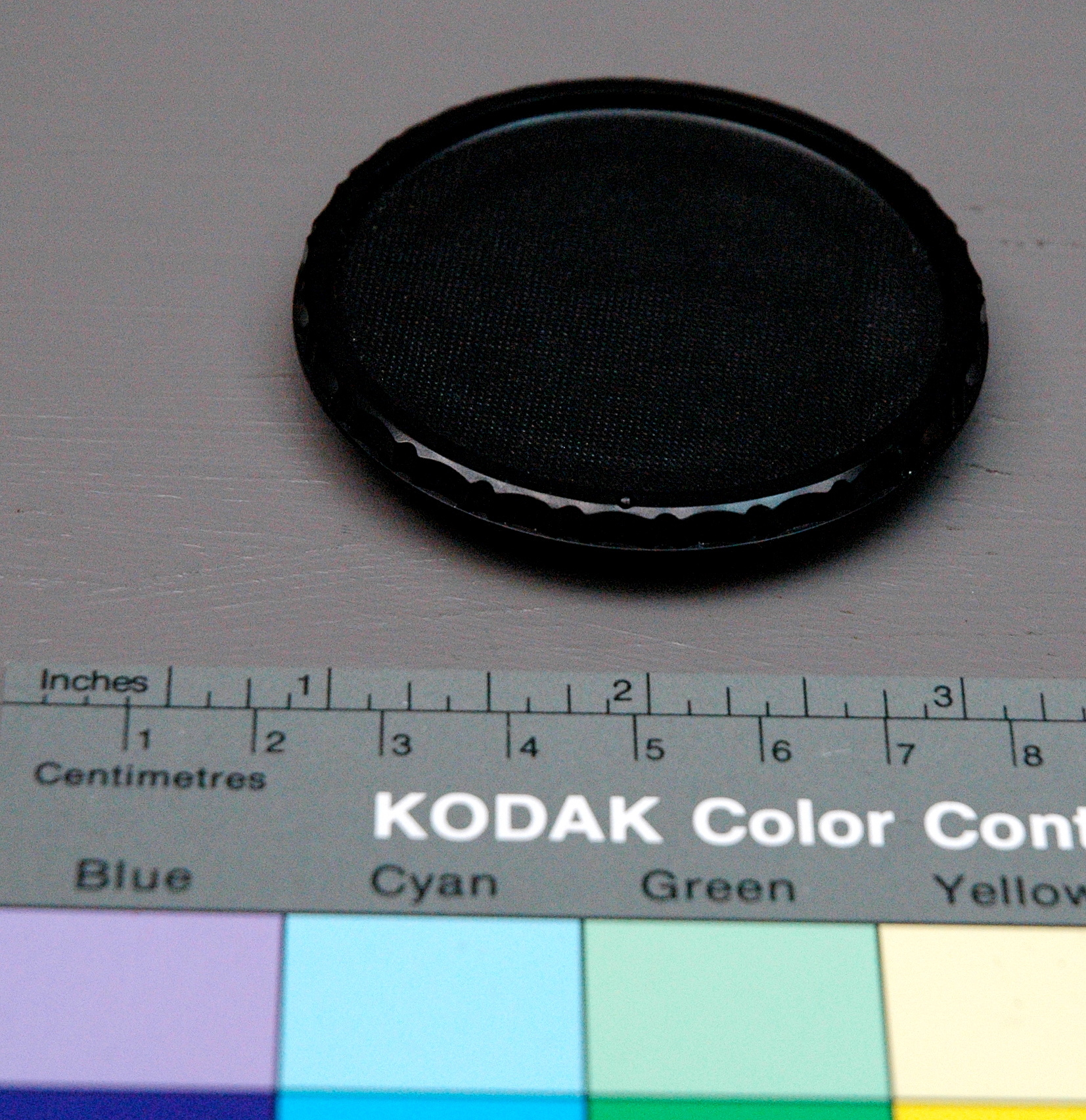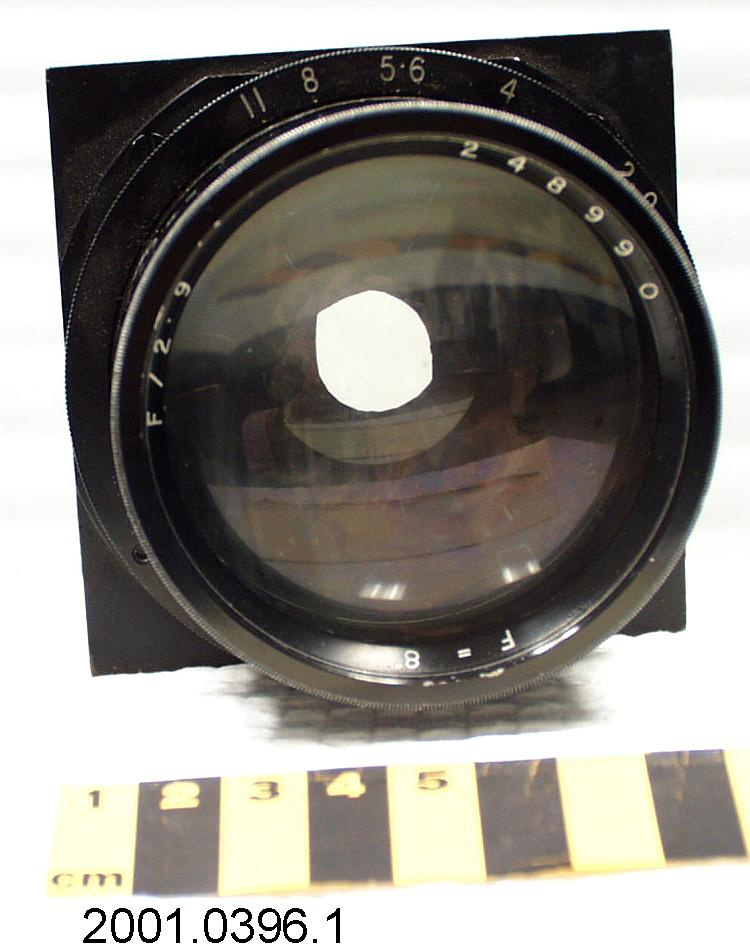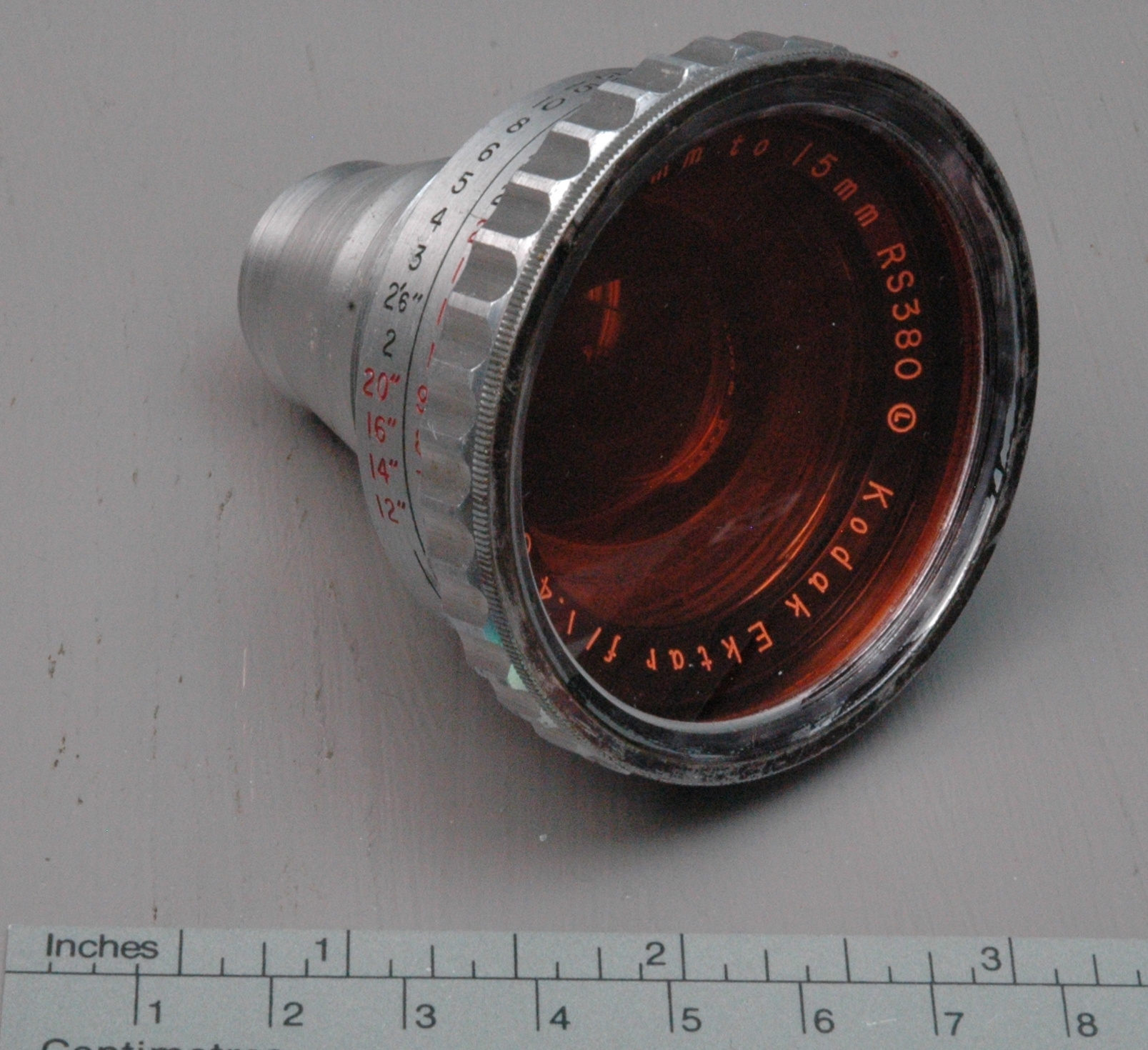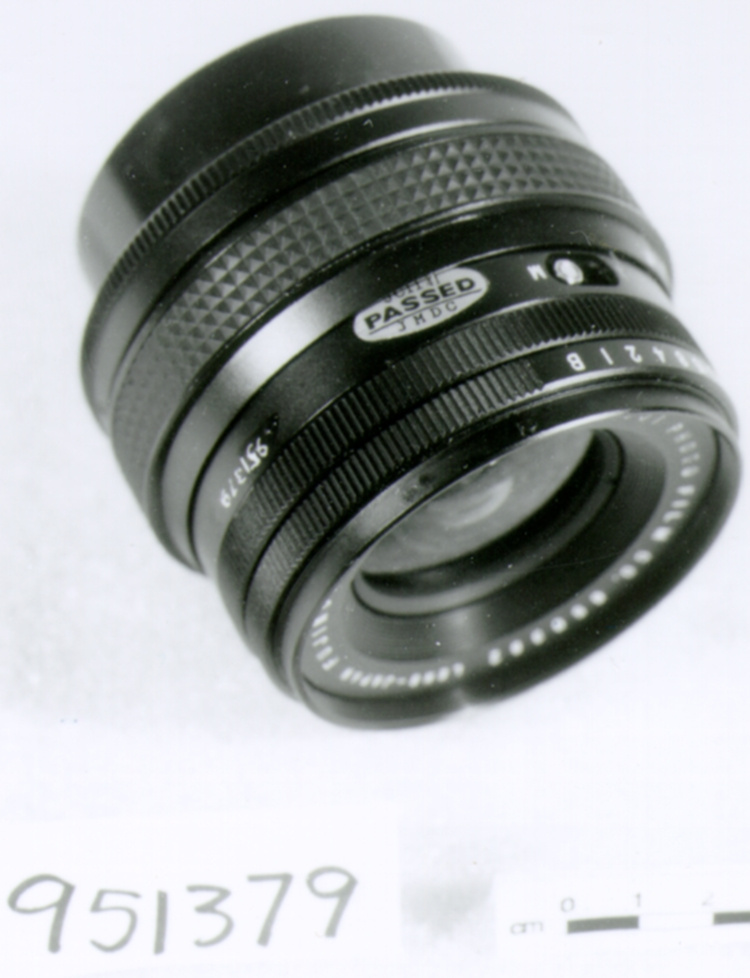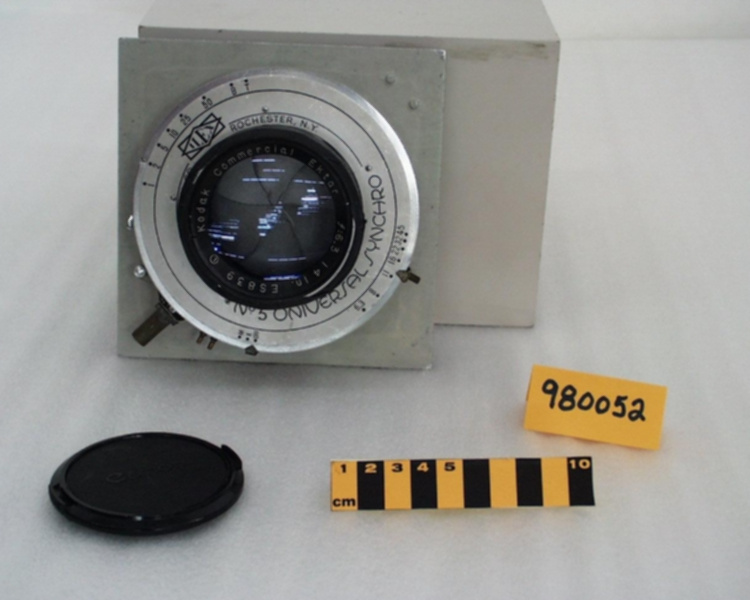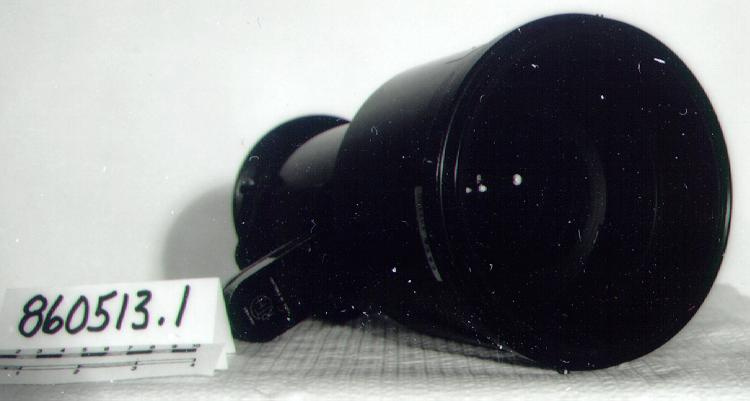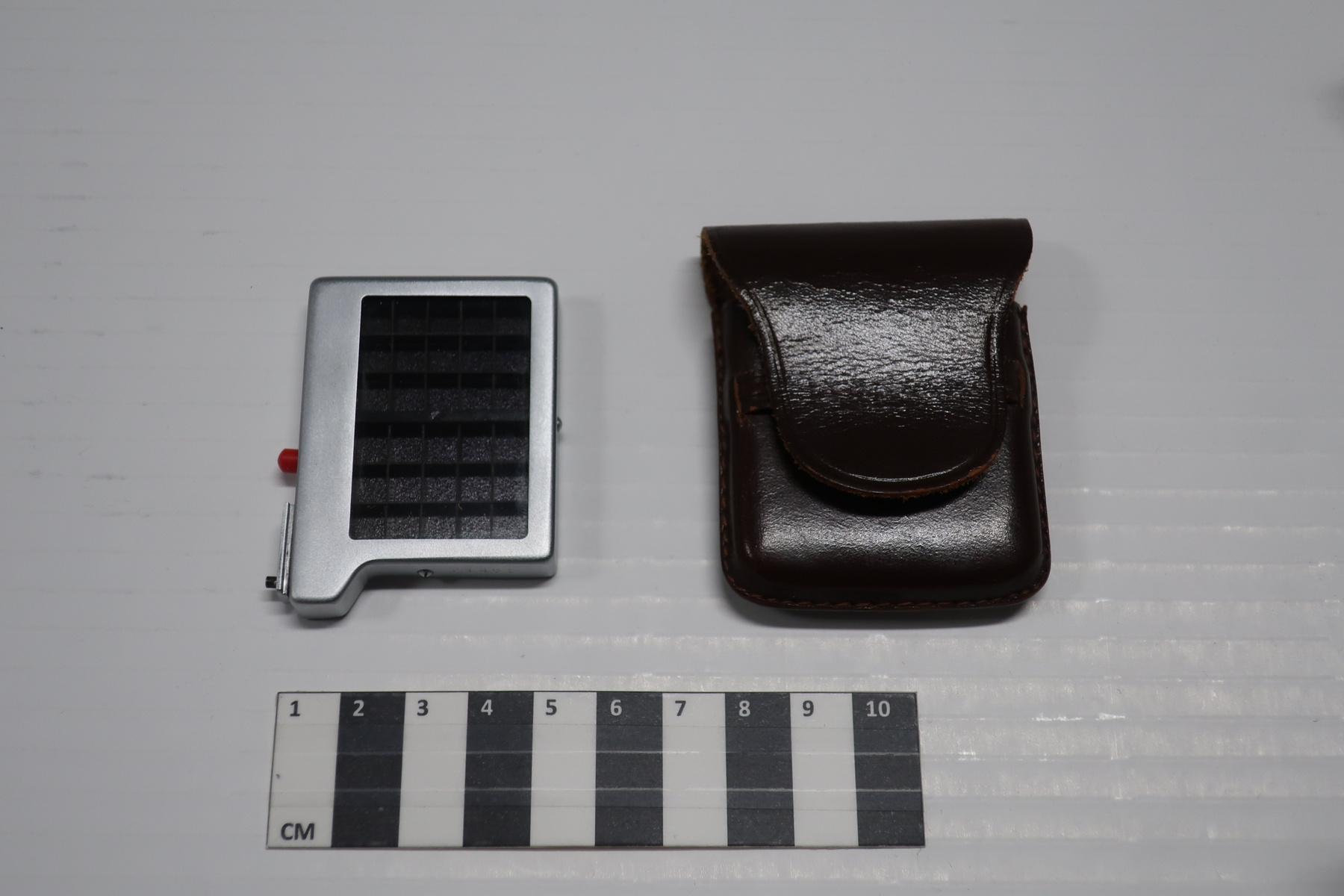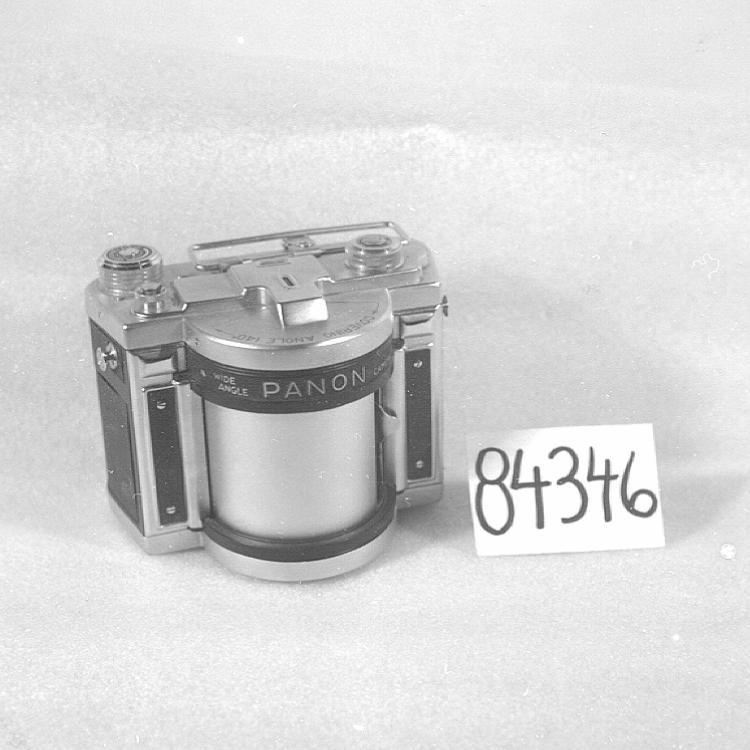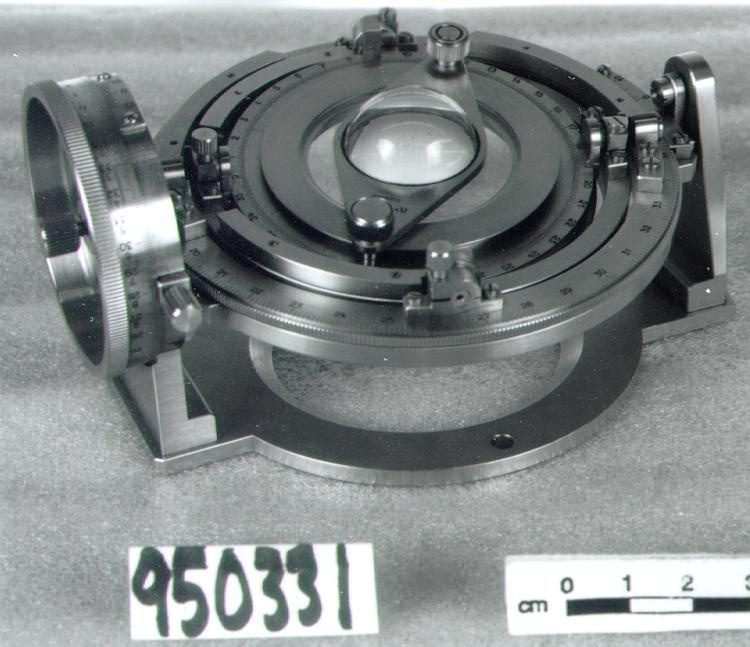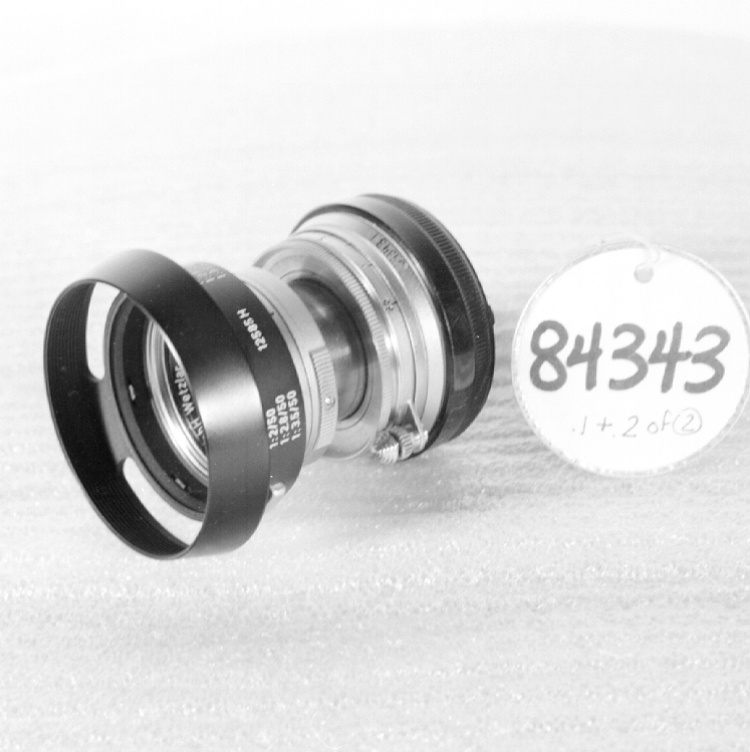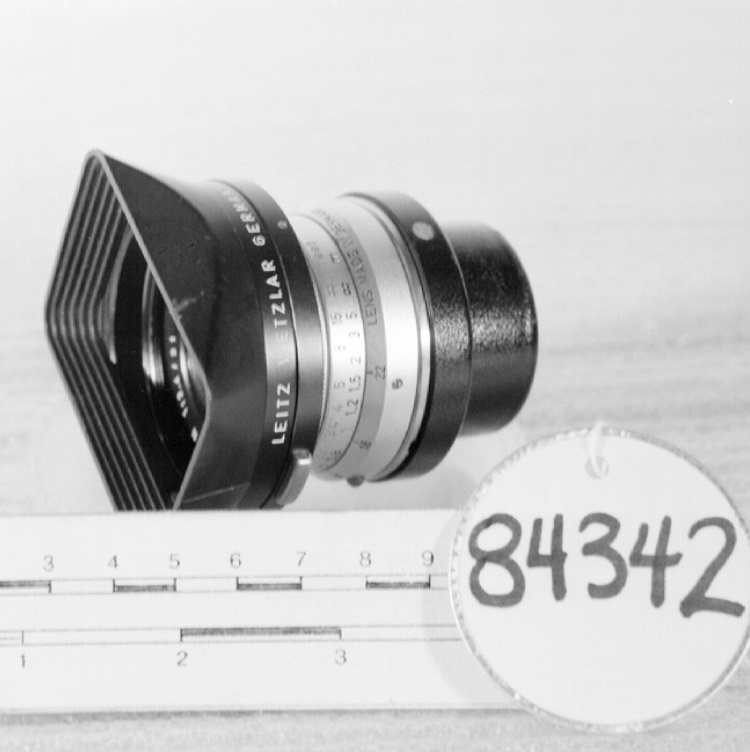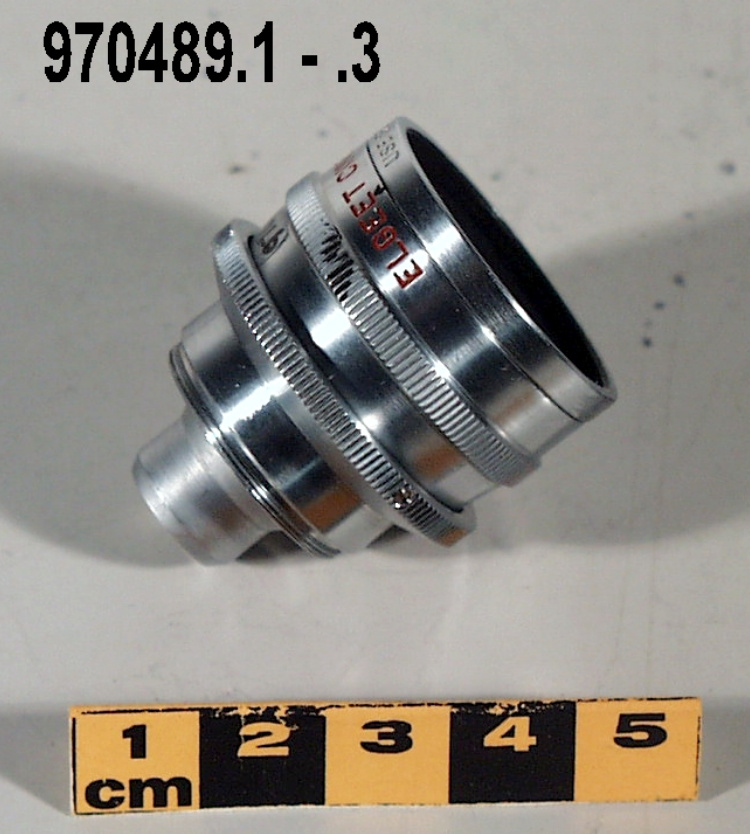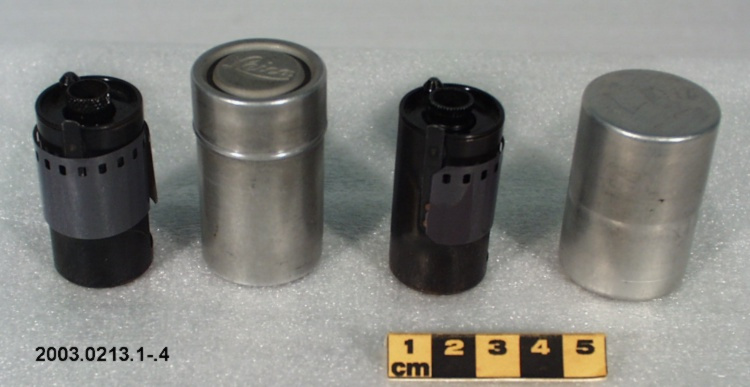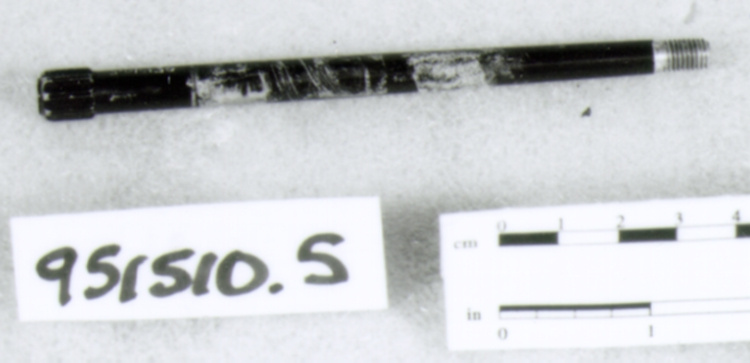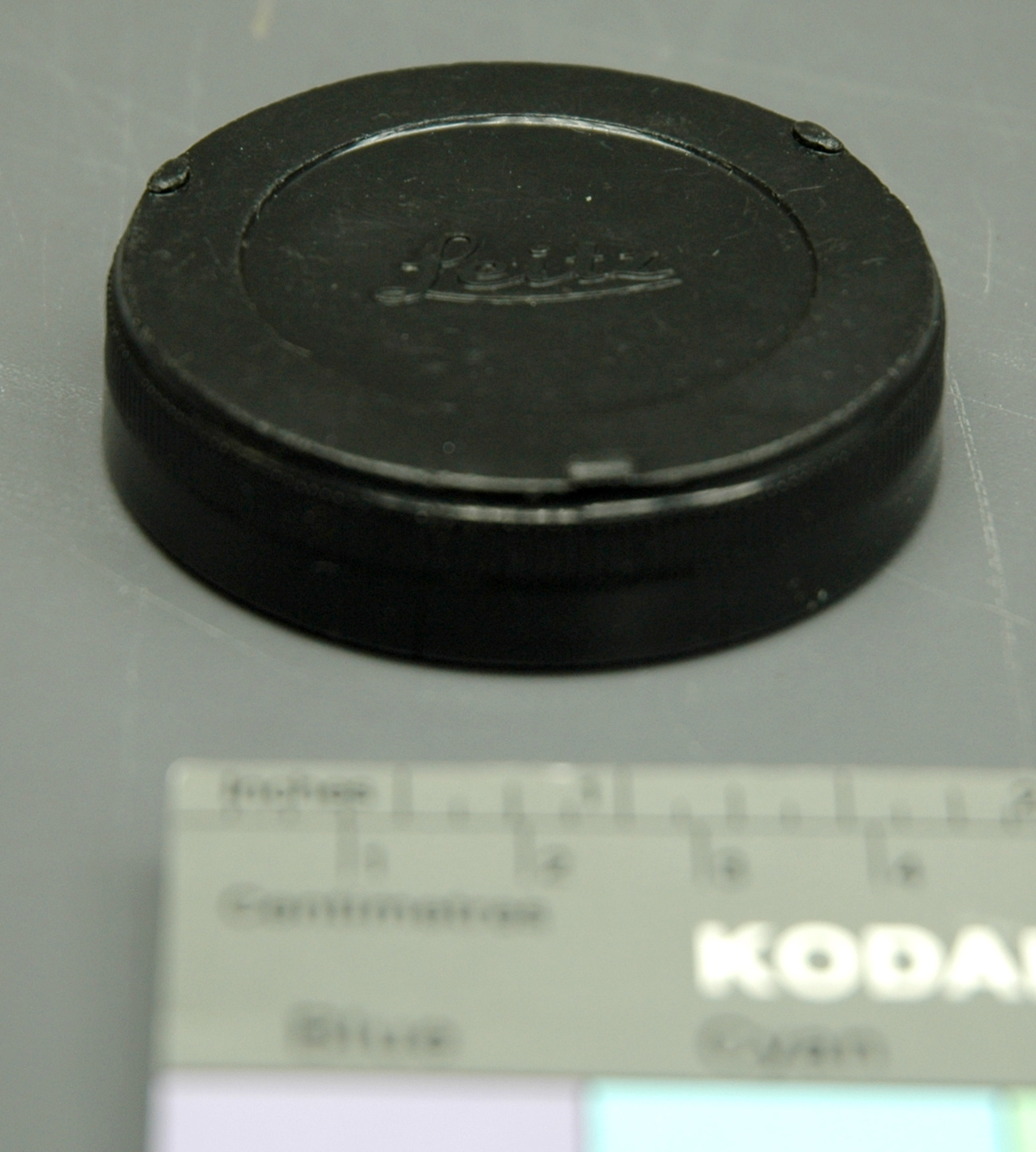Capuchon d'objectif
Utiliser cette image
Puis-je réutiliser cette image sans autorisation? Oui
Les images sur le portail de la collection d’Ingenium ont la licence Creative Commons suivante :
Copyright Ingenium / CC BY-NC-ND (Attribution-NonCommercial 4.0 International (CC BY-NC 4.0)
ATTRIBUER CETTE IMAGE
Ingenium,
2009.0357.004
Permalien:
Ingenium diffuse cette image sous le cadre de licence Creative Commons et encourage son téléchargement et sa réutilisation à des fins non commerciales. Veuillez mentionner Ingenium et citer le numéro de l’artefact.
TÉLÉCHARGER L’IMAGEACHETER CETTE IMAGE
Cette image peut être utilisée gratuitement pour des fins non commerciales.
Pour un usage commercial, veuillez consulter nos frais de reproduction et communiquer avec nous pour acheter l’image.
- TYPE D’OBJET
- camera/still/tensioned
- DATE
- 1976
- NUMÉRO DE L’ARTEFACT
- 2009.0357.004
- FABRICANT
- Leitz
- MODÈLE
- Inconnu
- EMPLACEMENT
- Inconnu
Plus d’information
Renseignements généraux
- Nº de série
- S/O
- Nº de partie
- 4
- Nombre total de parties
- 4
- Ou
- S/O
- Brevets
- S/O
- Description générale
- Round black synthetic lens cap has smooth finish.
Dimensions
Remarque : Cette information reflète la taille générale pour l’entreposage et ne représente pas nécessairement les véritables dimensions de l’objet.
- Longueur
- S/O
- Largeur
- S/O
- Hauteur
- 1,4 cm
- Épaisseur
- S/O
- Poids
- S/O
- Diamètre
- 5,4 cm
- Volume
- S/O
Lexique
- Groupe
- Photographie
- Catégorie
- Pièces d'appareil-photo
- Sous-catégorie
- S/O
Fabricant
- Ou
- Leitz
- Pays
- Inconnu
- État/province
- Inconnu
- Ville
- Inconnu
Contexte
- Pays
- Canada
- État/province
- Inconnu
- Période
- This example presumably used c. 1983-1996, and probably later.
- Canada
-
The camera and all accessories [except lens hood for this camera] were manufactured in Midland, Ontario by Ernst Leitz Canada, subsidiary of the German optical maker Ernst Leitz. All items were owned and used by Fred Phipps, a professional photographer based in Toronto and employed by the Canadian Broadcasting Corporation. Mr. Phipps studied photography at Ryerson Polytechnic Institute. Running short of funds, he left the program before graduation in January 1957 to take a job with the CBC photography department. He remained with the CBC for almost 35 years, during which he worked as a staff photographer and as National Photo Editor. After retirement in 1992 he continued to produce photos for the CBC as a freelancer. Over his long career, Mr. Phipps completed thousands of portraits and candid photos of CBC personalities and productions (e.g. David Suzuki, Foster Hewitt, Joe Schlesinger, Front Page Challenge, The Beachcombers, Friendly Giant, Mr. Dressup, Seeing Things). These were circulated to print media for publicity purposes or were used internally as “ID slides” for on-air program promotion. Attracted by the Leica’s reputation for craftsmanship and excellent optics, Mr. Phipps purchased his M4-P around 1982 from Toronto Camera Exchange (Rutherford Photographic). Although Mr. Phipps was also using Nikon and Hasselblad SLRs at the time, he liked his MP-4 for use in the television studio because its quiet operation (without winder) was less likely to be picked up by microphones. This was a feature that Leica promoted in its marketing of the M4-P. With its bright, high contrast viewfinder and fitted with the Summilux 35 mm f/1.4 lens, the camera was also excellent for shooting in available studio light where a flash would again have been disruptive. Offering a wide angle of view and good depth of field, the Summilux was his preferred lens for candid studio shots where he wished to show the performers in context. Its optics were so good that a 35 mm negative could be enlarged to 16x20 inches with minimal grain. The Summilux was designed in Midland, Ont. by Dr. Walter Mandler, who also computed the optics for the Tele-Elmarit. [Ref. 1] - Fonction
-
To help protect lens surface, and prevent dirt entering lens casing when not fitted to camera. - Technique
-
The Summilux 35 mm, f/1.4 is a wide angle lens that excels in difficult, low light settings. Compact and lightweight, it consists of seven lens elements made of rare earth optical glass, which was a recent innovation when the lens was introduced in 1961. This extremely successful model was in continuous production until 1995. [Ref. 1] - Notes sur la région
-
Inconnu
Détails
- Marques
- "Leitz" appears in raised print on lens cap face.
- Manque
- Appears complete
- Fini
- Round black synthetic lens cap has smooth finish.
- Décoration
- S/O
FAIRE RÉFÉRENCE À CET OBJET
Si vous souhaitez publier de l’information sur cet objet de collection, veuillez indiquer ce qui suit :
Leitz, Capuchon d'objectif, apres 1976, Numéro de l'artefact 2009.0357, Ingenium - Musées des sciences et de l'innovation du Canada, http://collection.ingeniumcanada.org/fr/item/2009.0357.004/
RÉTROACTION
Envoyer une question ou un commentaire sur cet artefact.
Plus comme ceci
